Forums
- Forums
- Duggy's Reference Hangar
- RAF Library
- Fairey Albacore
Fairey Albacore
Post a reply
- Go to Previous topic
- Go to Next topic
- Go to Welcome
- Go to Introduce Yourself
- Go to General Discussion
- Go to Screenshots, Images and Videos
- Go to Off topic
- Go to Works in Progress
- Go to Skinning Tips / Tutorials
- Go to Skin Requests
- Go to IJAAF Library
- Go to Luftwaffe Library
- Go to RAF Library
- Go to USAAF / USN Library
- Go to Misc Library
- Go to The Ops Room
- Go to Made in Germany
- Go to Campaigns and Missions
- Go to Works in Progress
- Go to Juri's Air-Raid Shelter
- Go to Campaigns and Missions
- Go to Works in Progress
- Go to Skinpacks
- Go to External Projects Discussion
- Go to Books & Resources
-
9 years agoSun Sep 30 2018, 12:32pm
 Main AdminThe Albacore, popularly known as the "Applecore", was conceived as a replacement for the ageing Fairey Swordfish, which had entered service in 1936. The Albacore served with the Swordfish and was retired before it, being replaced by the Fairey Barracuda and Grumman Avenger monoplane torpedo bombers.
Main AdminThe Albacore, popularly known as the "Applecore", was conceived as a replacement for the ageing Fairey Swordfish, which had entered service in 1936. The Albacore served with the Swordfish and was retired before it, being replaced by the Fairey Barracuda and Grumman Avenger monoplane torpedo bombers.
Work on a successor to the Swordfish began in 1936 when the British Air Ministry issued Specification "S.41/36" for an improved torpedo bomber. Fairey's proposal was accepted "off the drawing board", with the Air Ministry ordering two prototypes and 98 production items of the "Albacore", as it was named, on 12 December 1938.
The first prototype performed its initial flight on 12 December 1938, and the type went into production in 1939. The overall configuration of the Albacore was very close to that of the Swordfish. The Albacore was a three-seat biplane, with fixed taildragger landing gear, and three crew consisting of pilot, navigator, and radio operator / rear gunner. It even resembled the Swordfish in adopting the same back-folding wing scheme.
Below first prototype L7074
It differed, however, in being larger, with an empty weight over half again as great as that of the Swordfish, being powered by a more powerful Bristol Taurus 14-cylinder two-row air-cooled radial engine driving a three-bladed variable-pitch propeller. Initial production was fitted with a Taurus II engine providing 795 kW (1,065 HP), while later production featured the Taurus XII with 845 kW (1,130 HP). Speed was incrementally better than that of the Swordfish, while ceiling and range were almost doubled.
It also featured such niceties as an enclosed cockpit with cockpit heating, a windshield wiper, and an emergency dinghy that was deployed automatically on ditching. Gun armament consisted of a single fixed 7.7 millimeter (0.303 caliber) machine gun mounted in the right wing, plus twin rearward-firing 7.7 millimeter Vickers K machine guns on a flexible mount in the rear cockpit. External stores consisted of a single 730 kilogram (1,610 pound) torpedo on the centerline; or six 115 kilogram (250 pound) bombs under the wings; or four 225 kilogram (500 pound) bombs under the wings.
Although one of the prototype Albacores was tested with floats in 1940, the trials did not prove successful, and the Albacore never served operationally with floats.
Below 2nd prototype L7075 in flight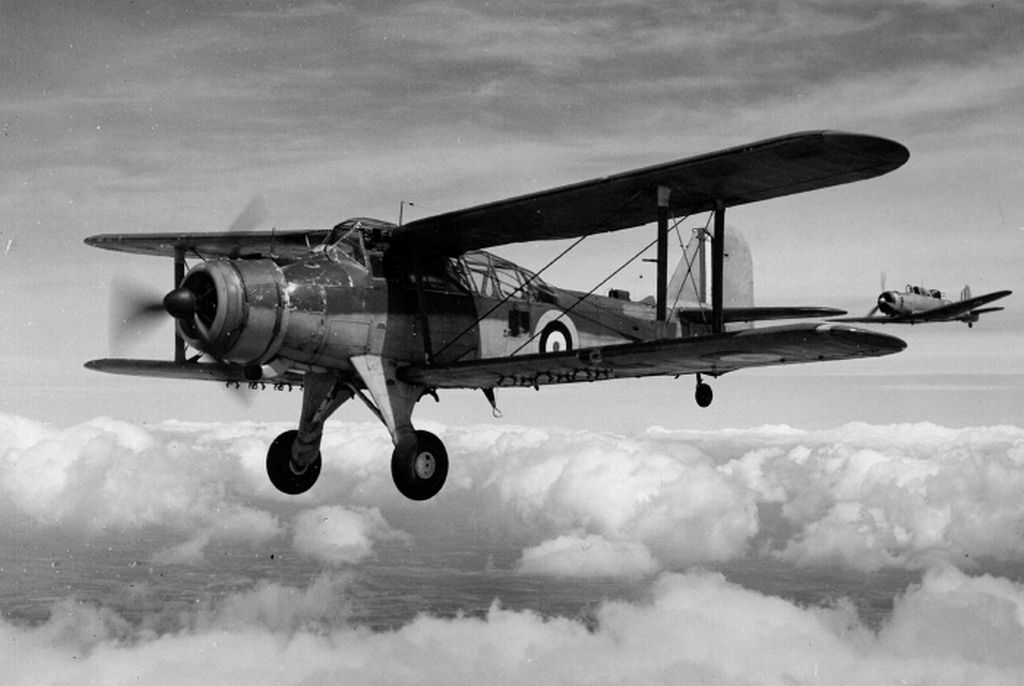
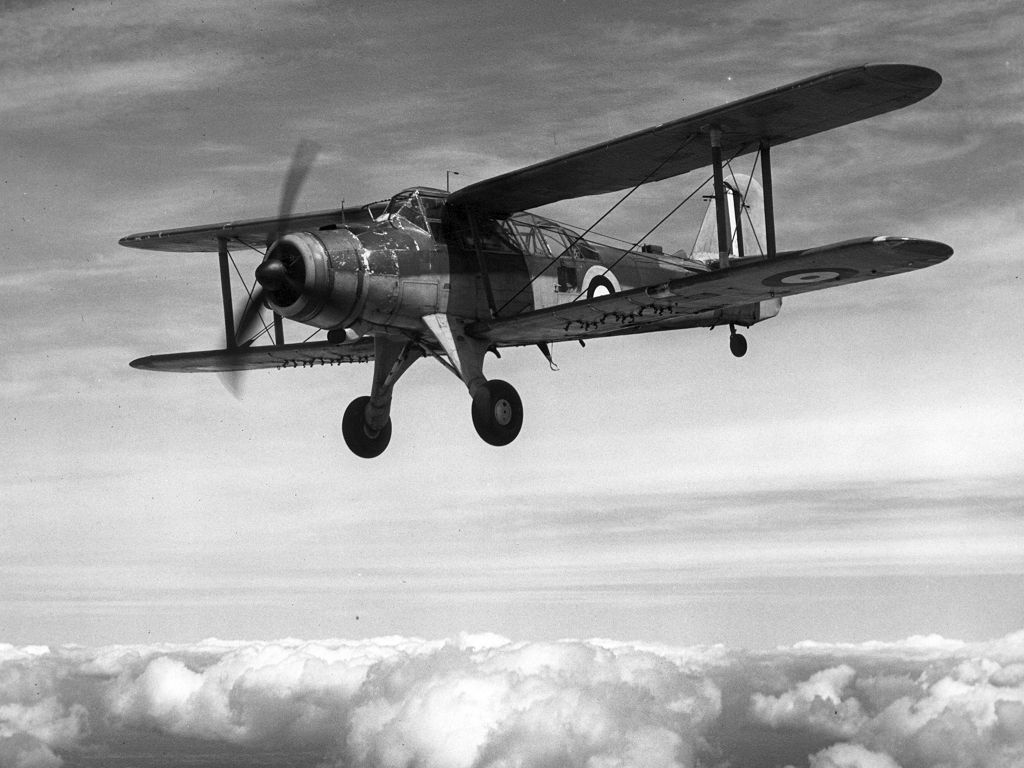
Operational history
Despite the fact that the Albacore was clearly more modern in appearance than the Swordfish, it didn't prove to be that much of an advance. The initial service evaluation of the type reported that its controls were very heavy and that its stall behavior left something to be desired, though it was stable in a dive and steady in torpedo drops. The enclosed cockpit also didn't prove as much a benefit as might be expected, since the front cockpit was a "hotbox" in even mildly sunny weather, while the rear cockpit was drafty and chilly. It is still hard to believe that the enclosed cockpit wasn't superior to the open cockpit of the Swordfish, particularly for winter operations. In addition, some sources claim that in service pilots found it pleasant to fly, suggesting that the handling problems were worked out.
Albacores were rolled off the production line anyway, with a total of 800 built in all, including the two prototypes, all manufactured at the Fairey plant in Hayes. The type reached operational service in March 1940 and initially operated from ground bases. Albacores performed their first combat action on 31 May 1940, attacking German E-boats -- torpedo boats -- in the North Sea and hitting ground targets in Belgium. By the end of the year, the Albacore was flying off carriers, and performed its first torpedo-bombing attacks during the Battle of Cape Matapan, off the coast of Greece, on March 27:29 1941, in which the Royal Navy got the jump on the Italian fleet and badly bloodied it. Albacores off the HMS FORMIDABLE performed attacks on the Italian battleship VITTORIO VENETO during the battle.
The Albacore reached its peak strength in mid-1942, with the type equipping 15 FAA squadrons and service in all the war zones in which the Royal Navy was seriously involved. Albacores participated in Operation TORCH, the invasion of North Africa, in November 1942, flying ocean patrols and attacking coastal targets. Apparently some of them were given American markings for the operation. The type was generally phased out of service in 1943, to be replaced by the more modern Fairey Barracuda and, to a lesser extent, the Grumman Avenger.
Although modern sources tend to be unkind to the Albacore, its short service life might have simply been due to the fact that a biplane combat aircraft was an idea whose time was generally past, even though the Swordfish was able to continue on in combat since it had found an effective niche in convoy escort. FAA Albacores remained in service in second-line squadrons in Africa and the Middle East for the rest of the war. Some Albacores were obtained by or passed on to the Royal Air Force and the Royal Canadian Air Force, and performed actions over the English Channel during the invasion of Normandy in the spring of 1944.
Below cockpit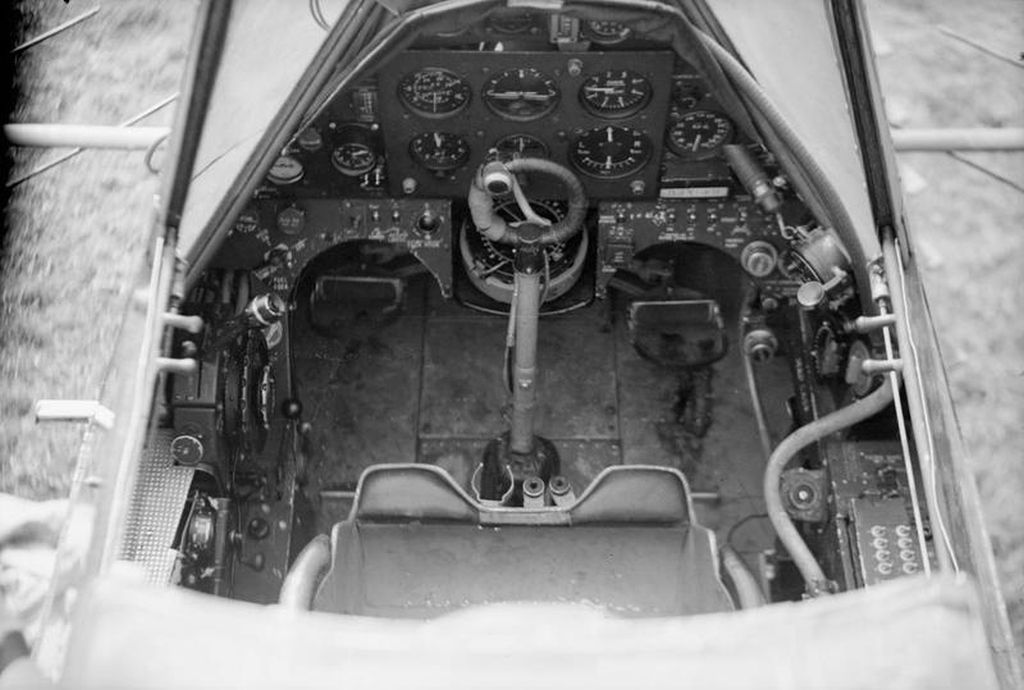
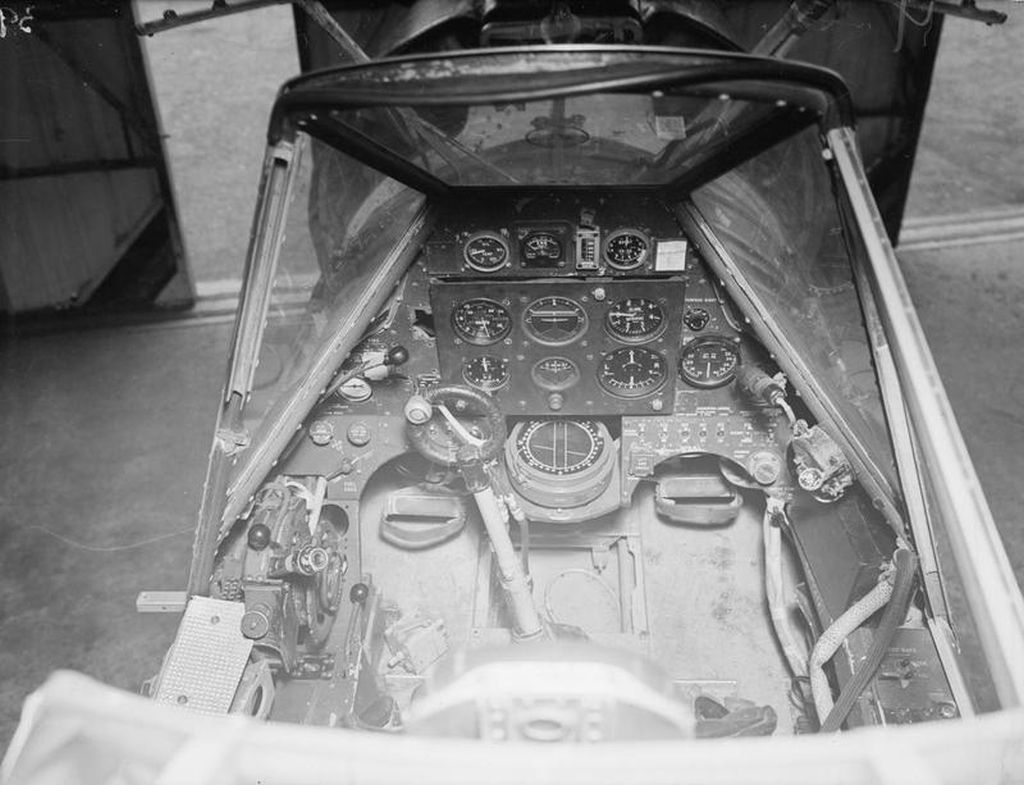
Only one Albacore is known to survive, on display at the Fleet Air Arm Museum, which was built using parts of Albacores N4389 and N4172 recovered from crash sites.
LINK to a good Walk Around -- http://www.britmodeller.com/forums/index.php?/topic/234947772-fairey-albacore/
Enjoy the rest as usual right click & save as for details etc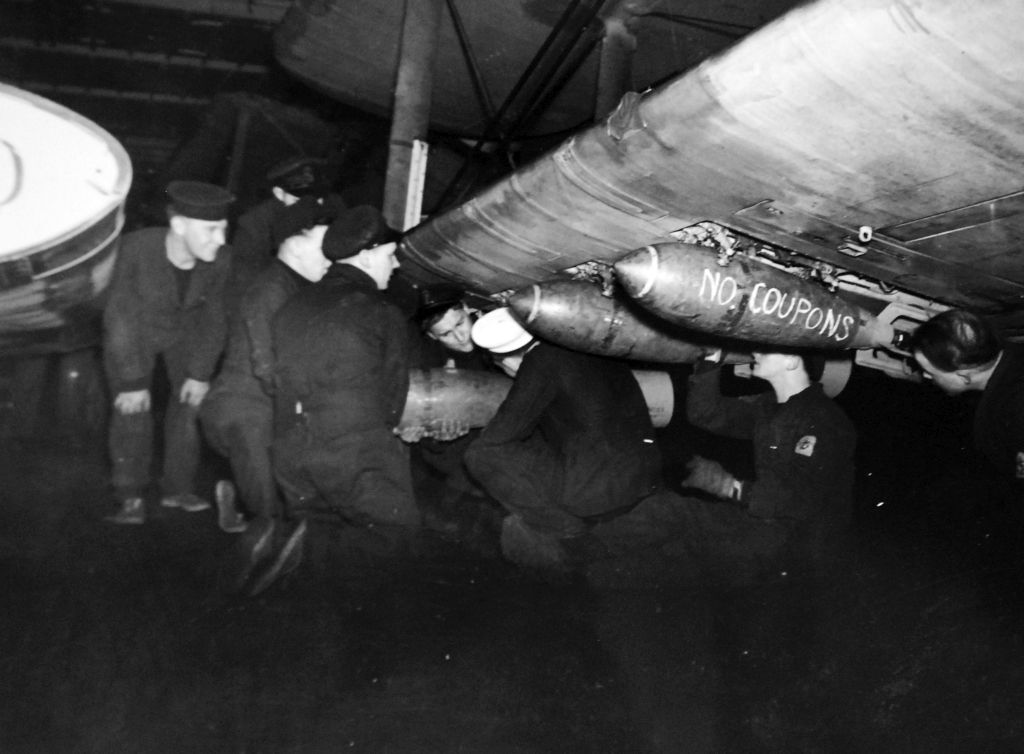
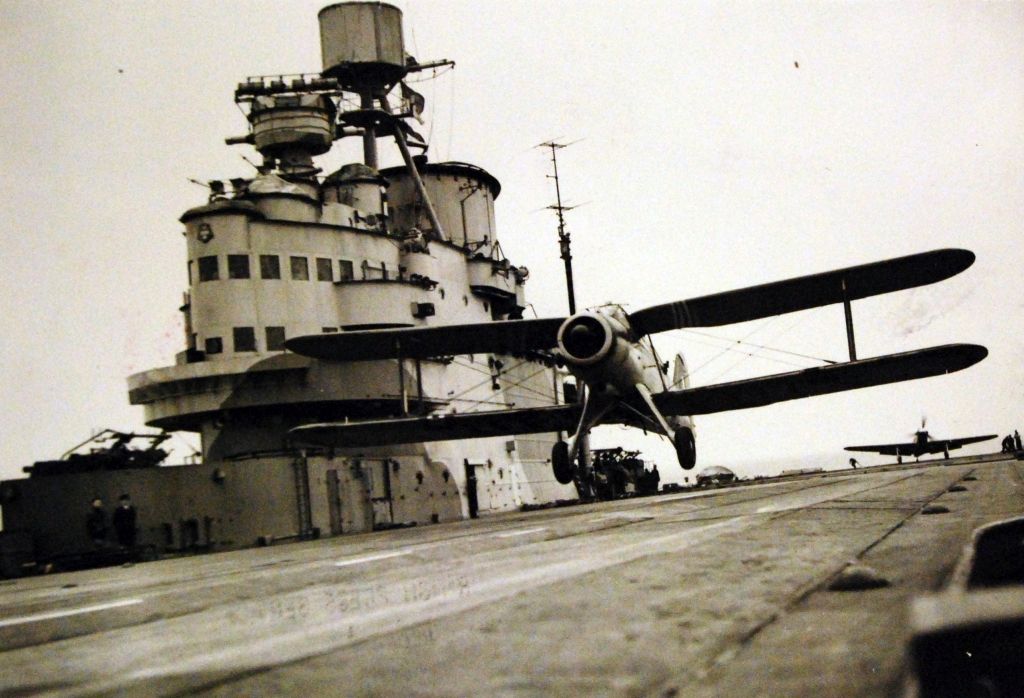
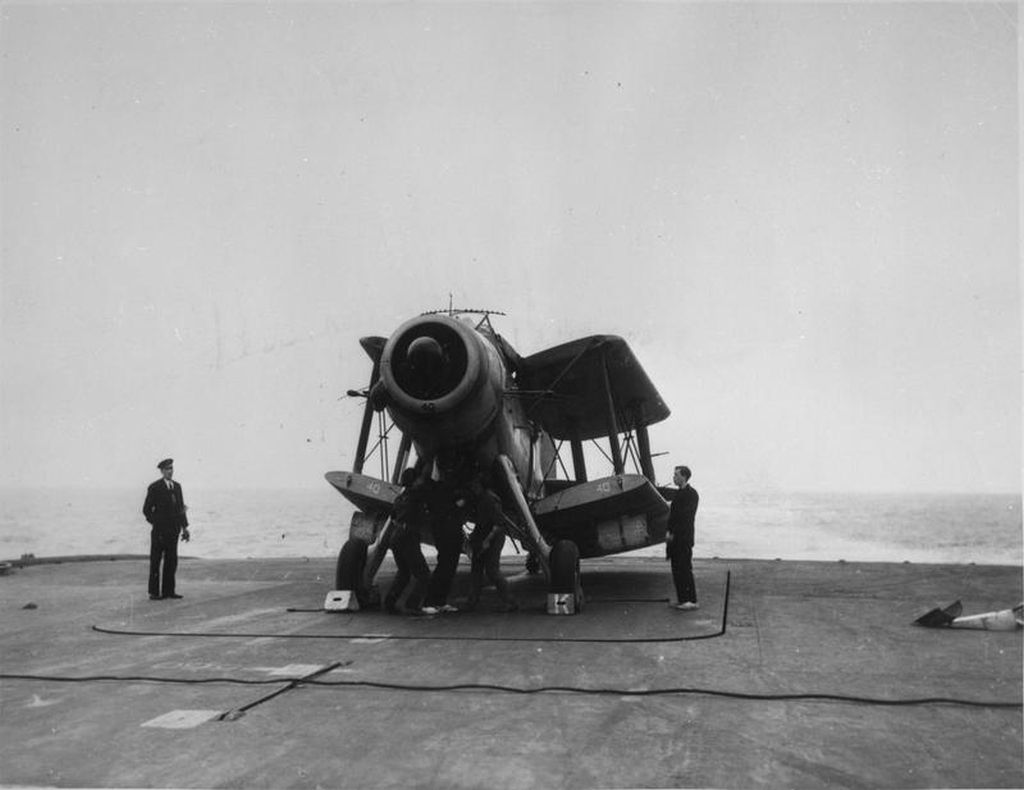
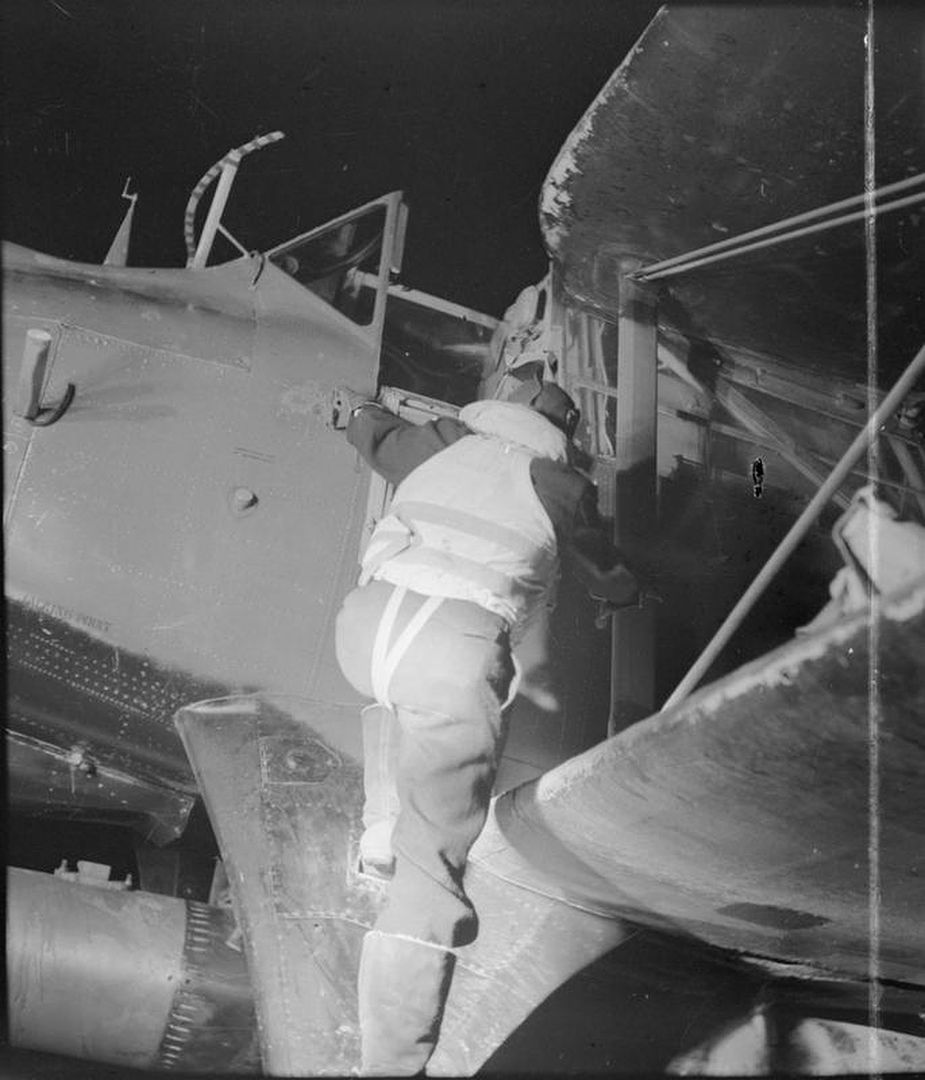
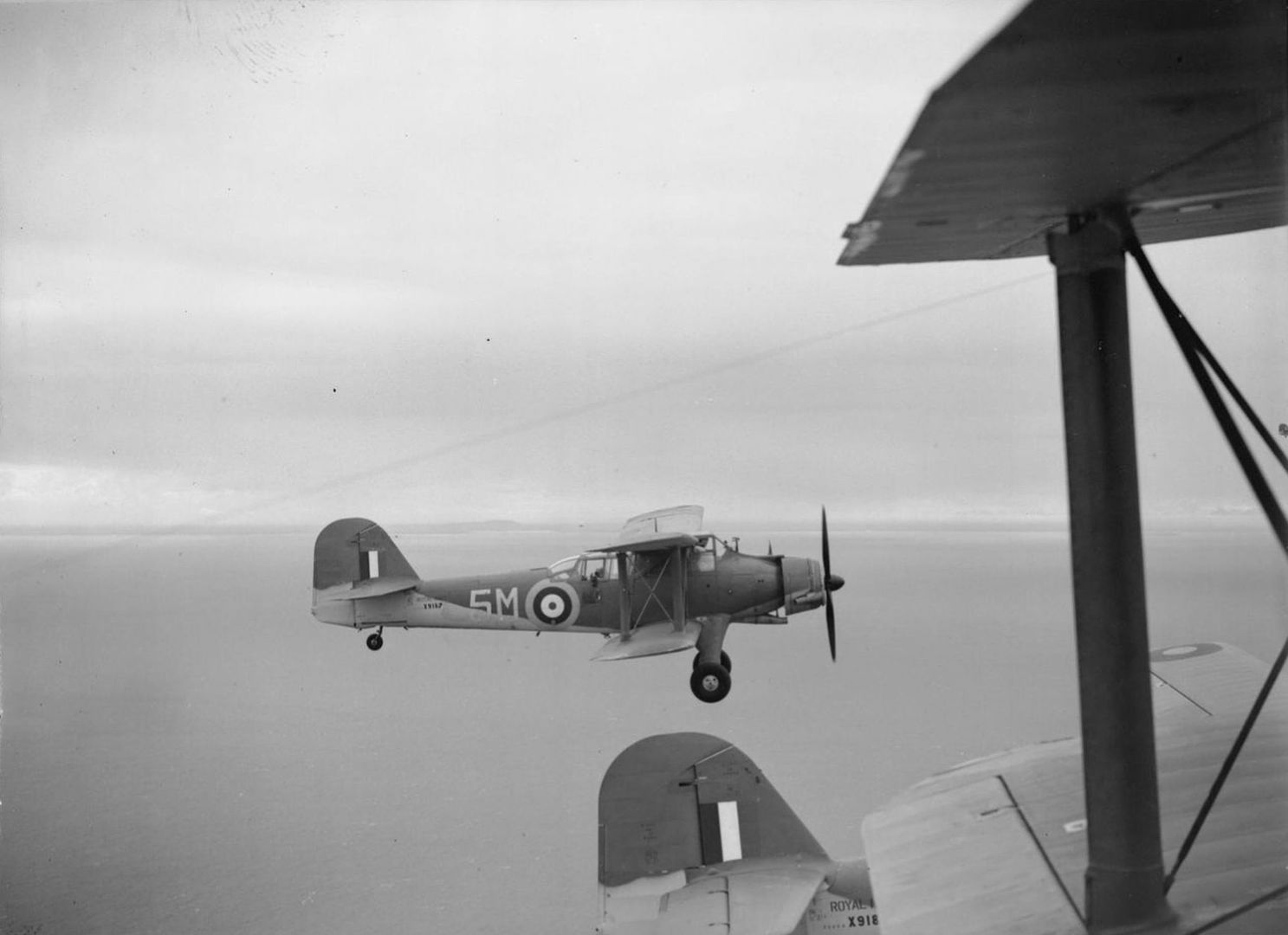
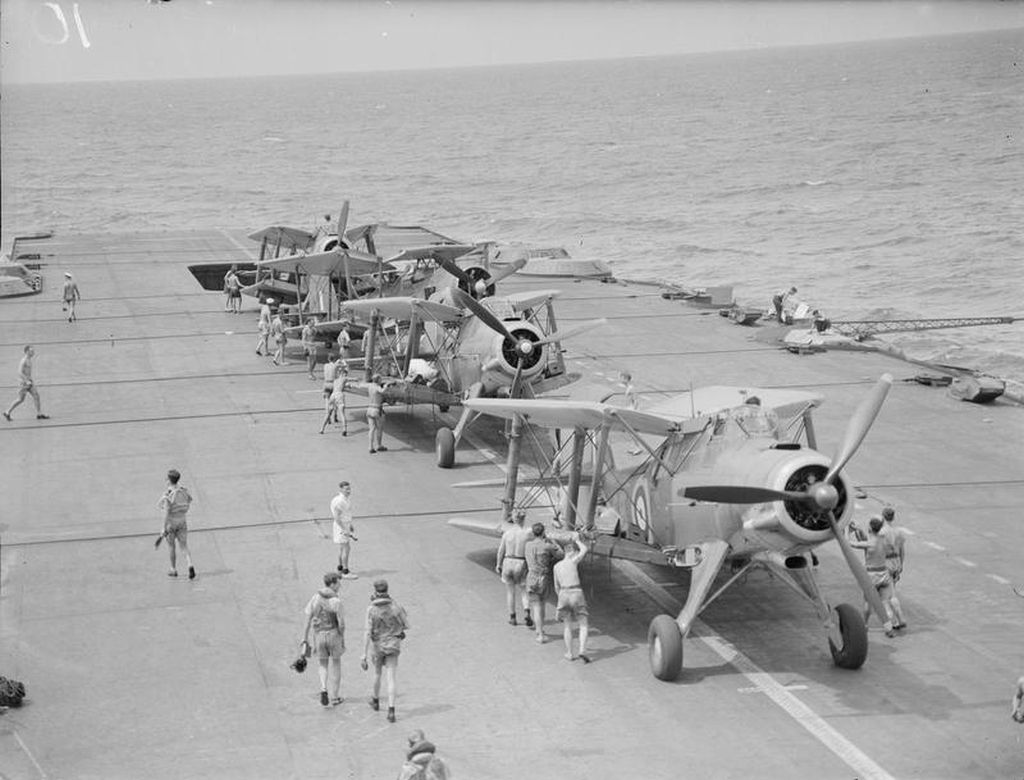
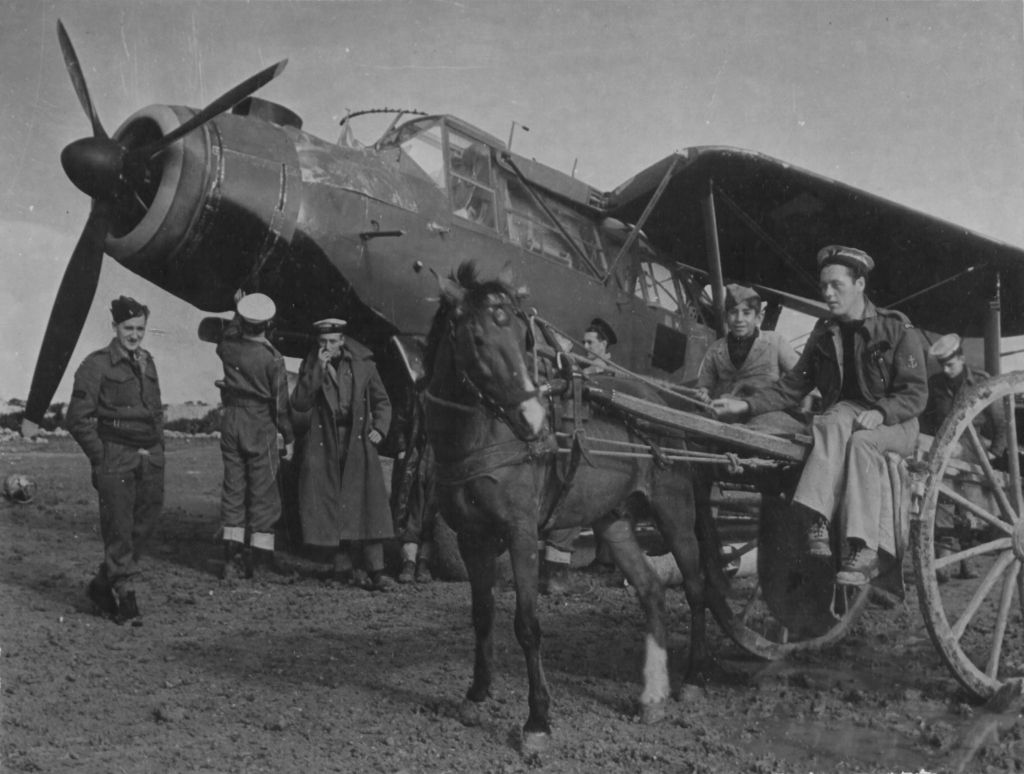
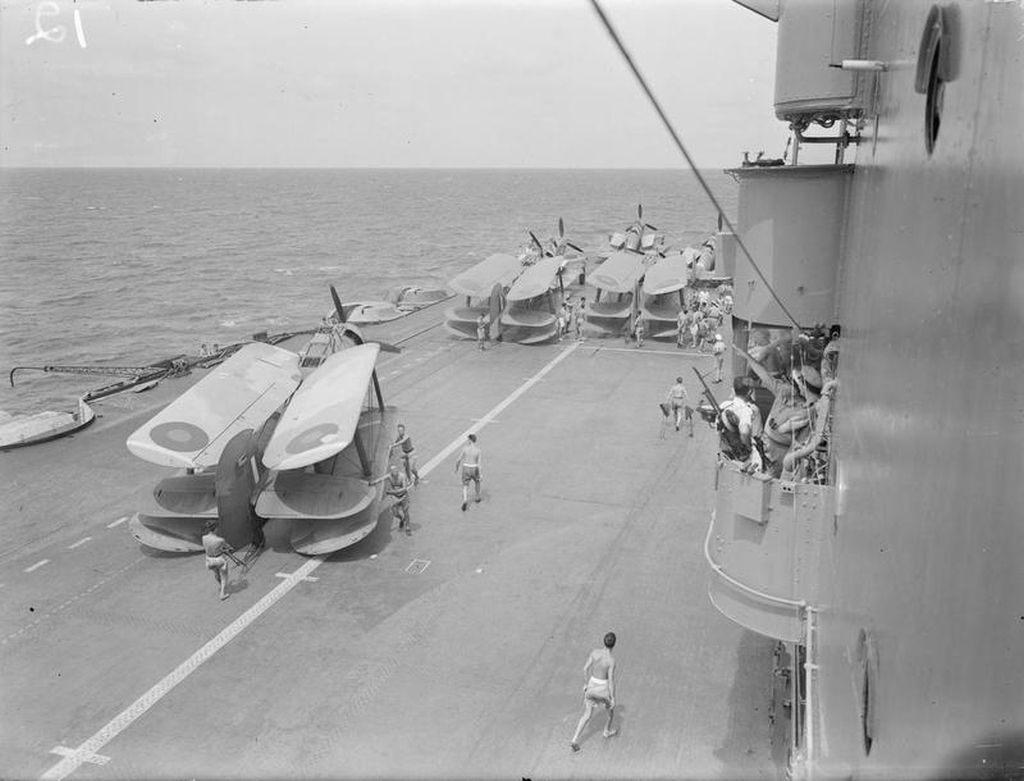
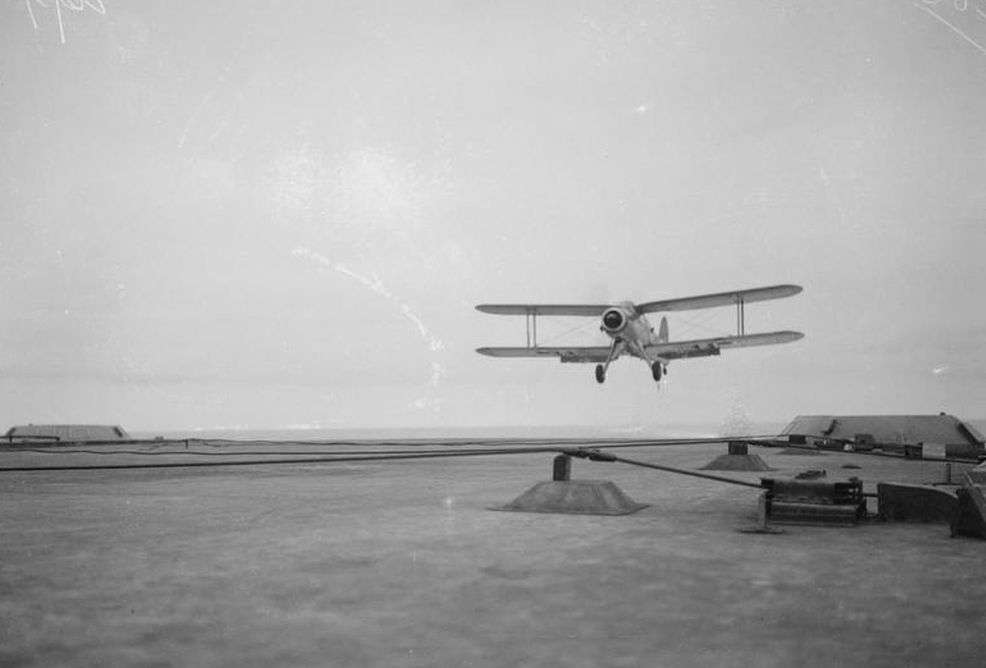
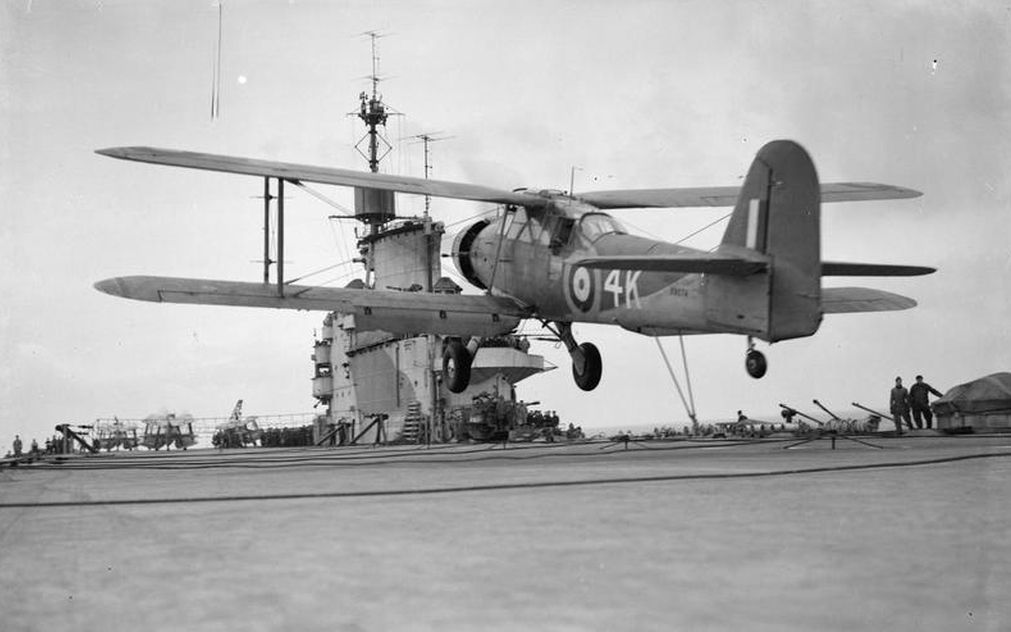
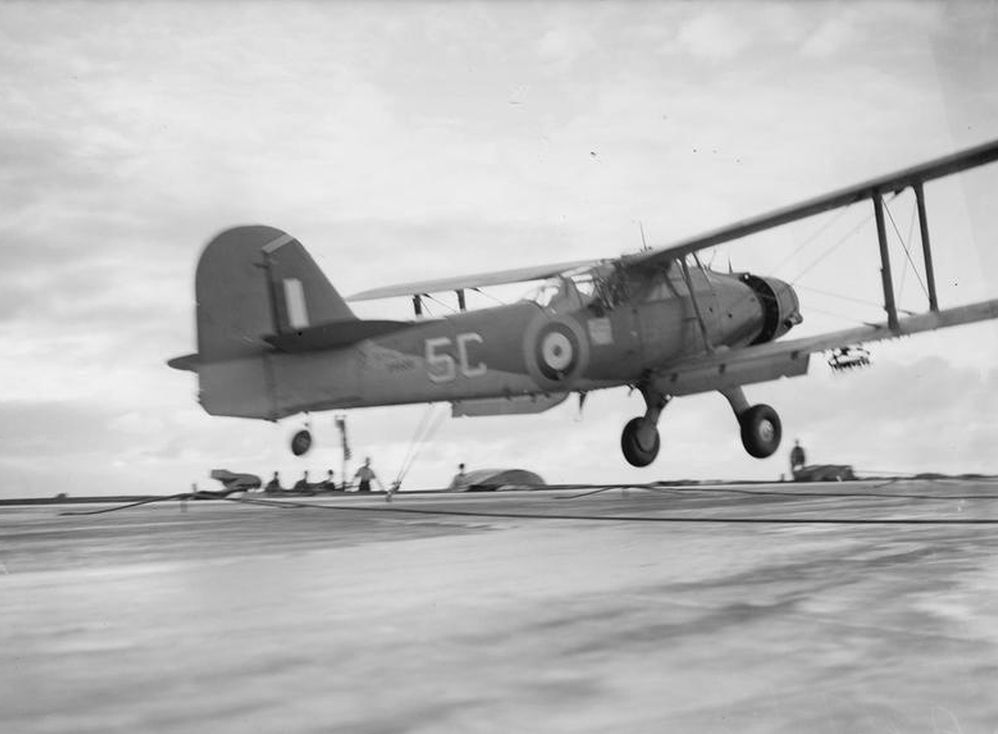

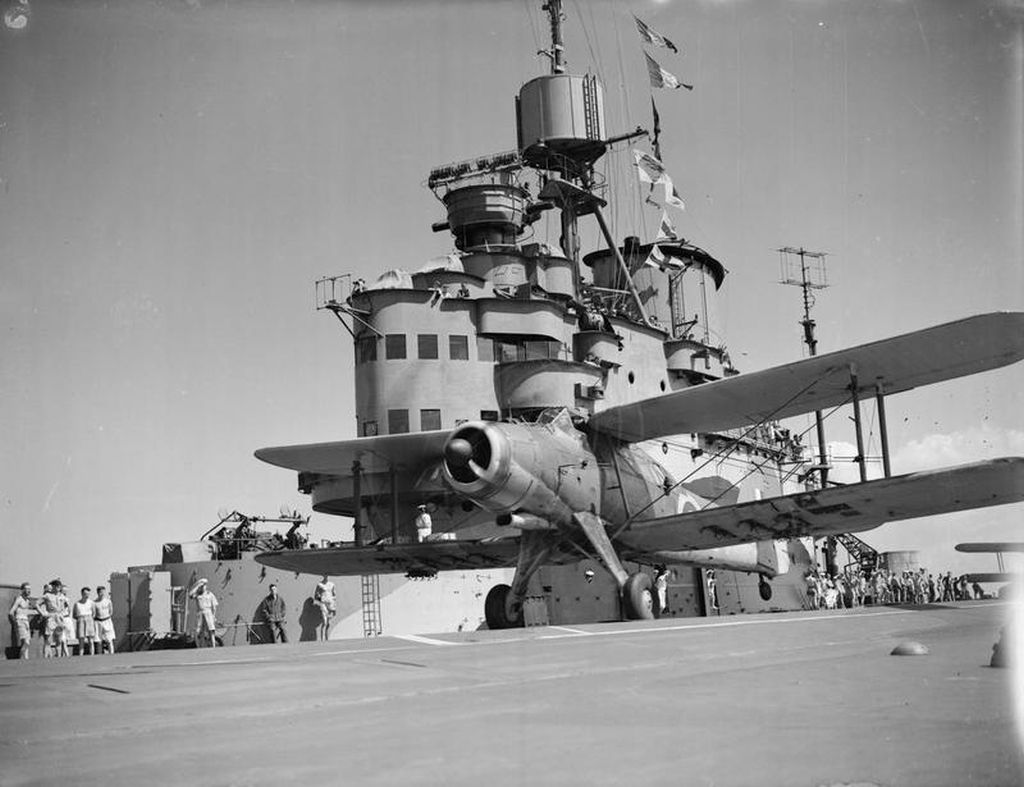
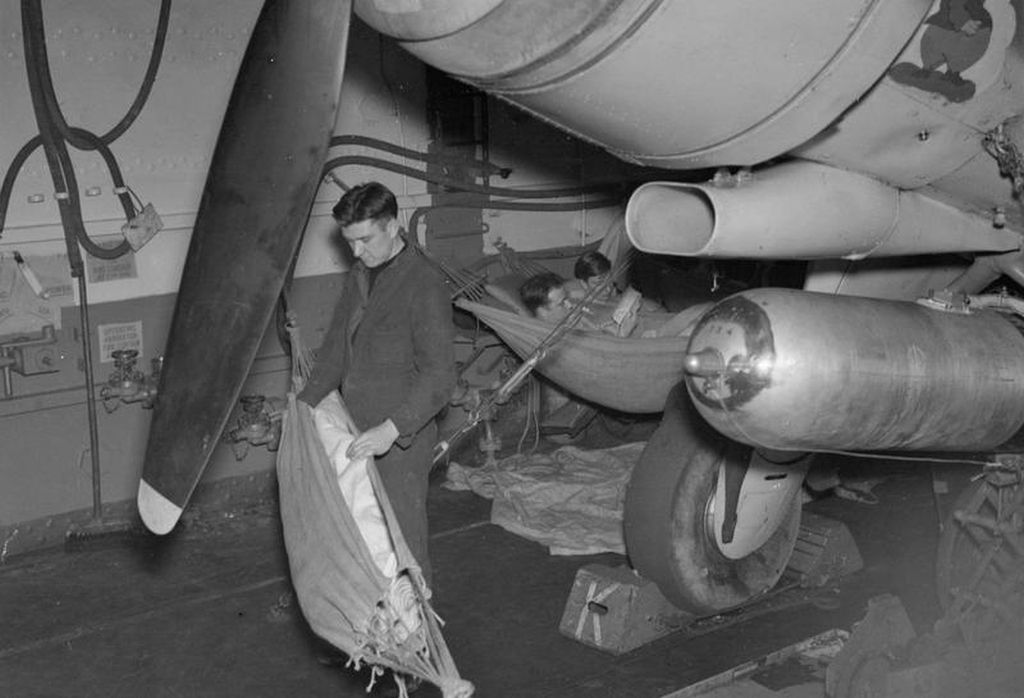
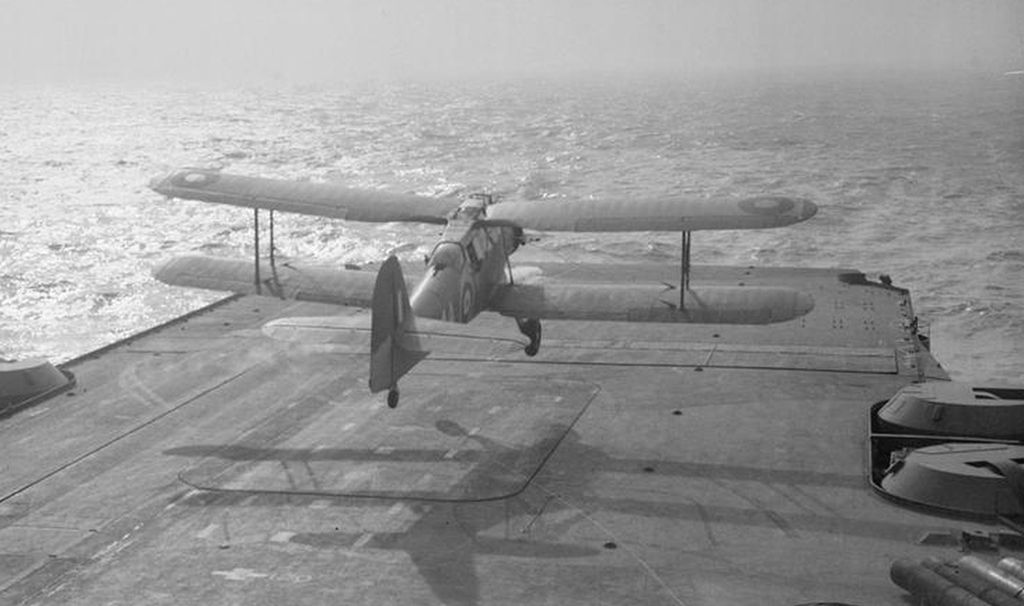
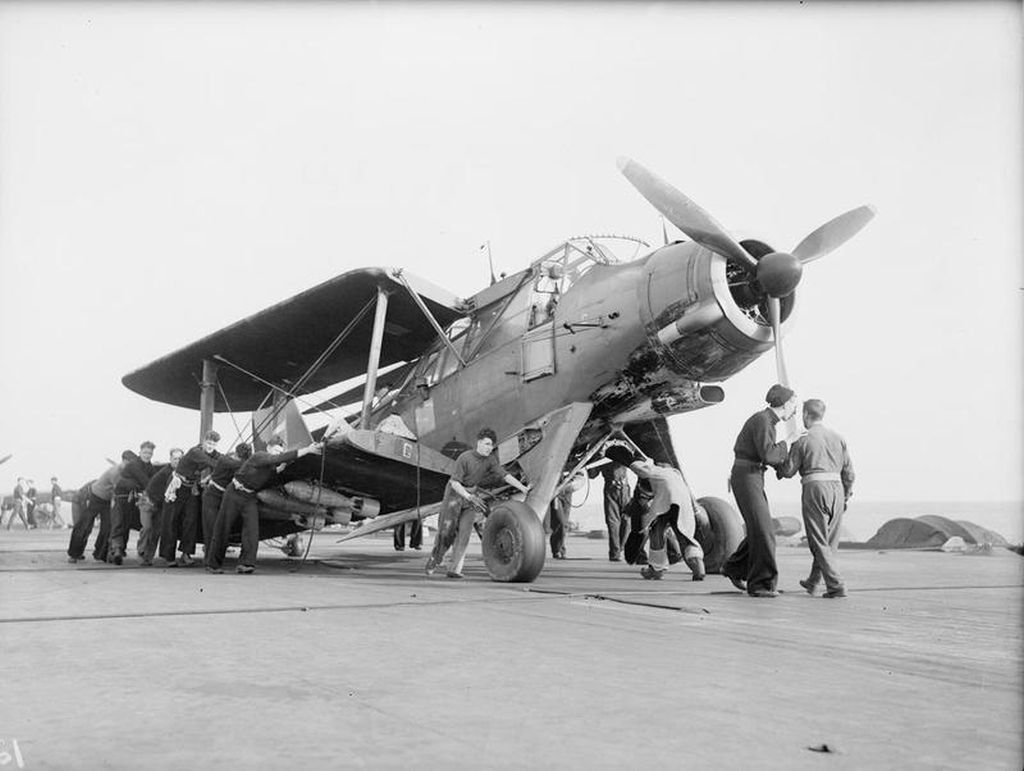
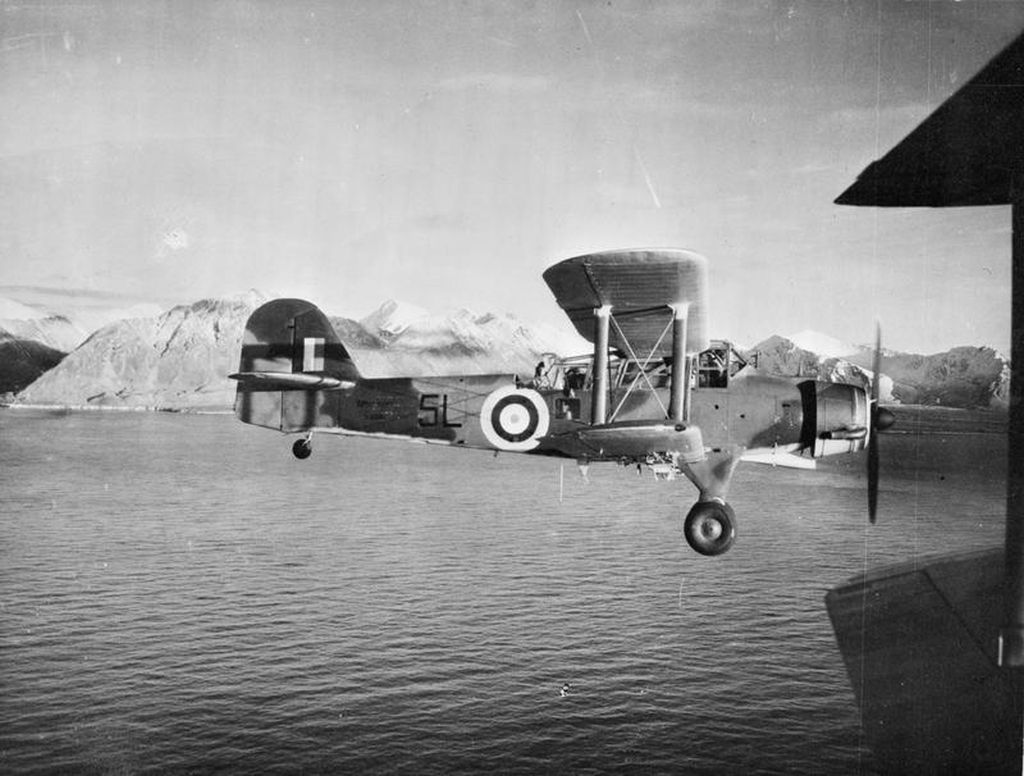
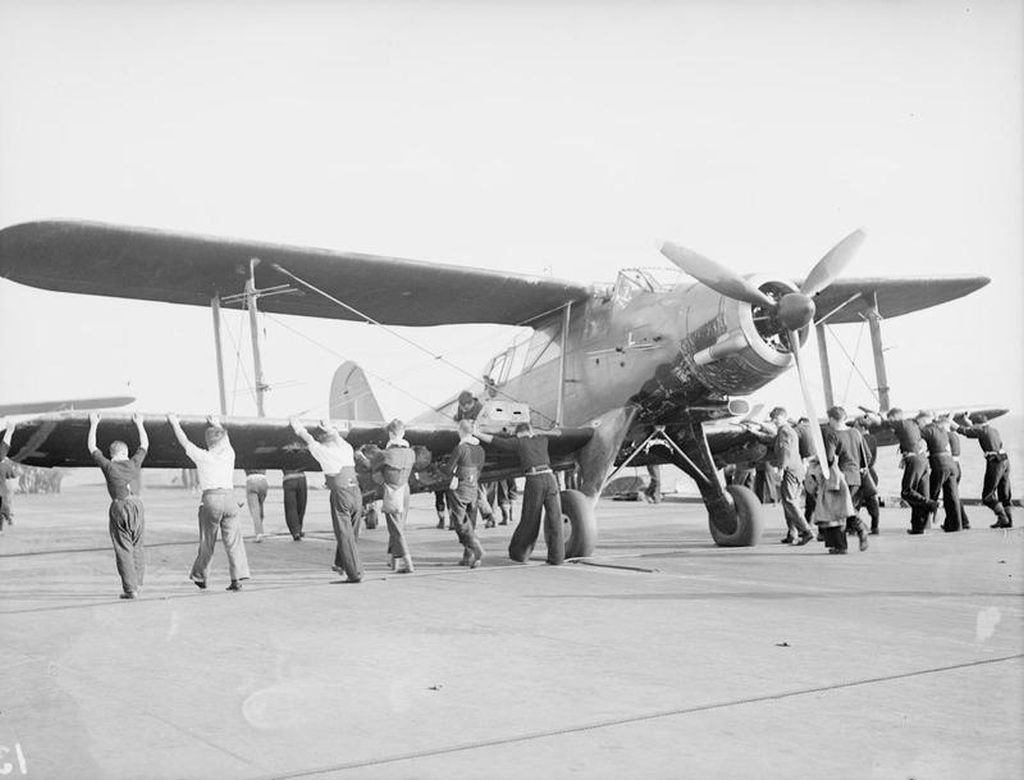

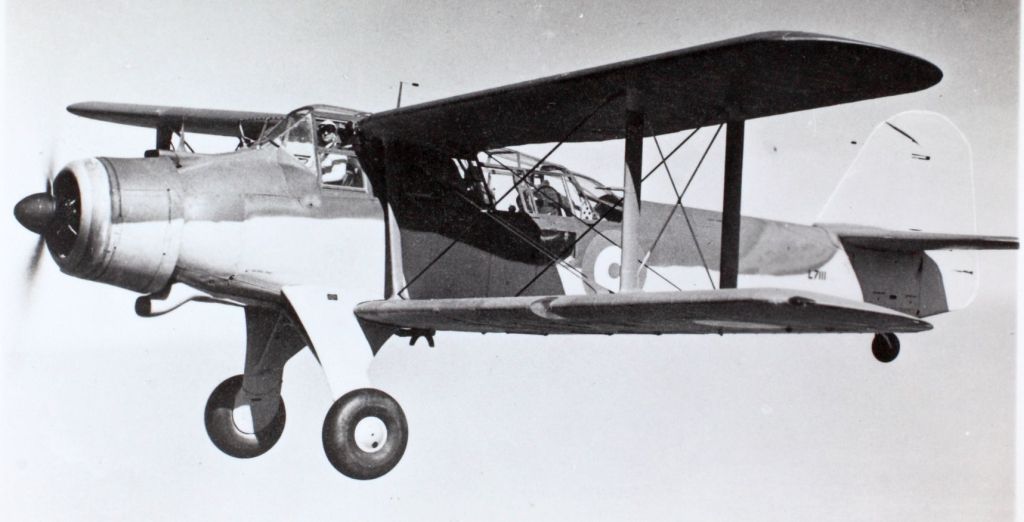
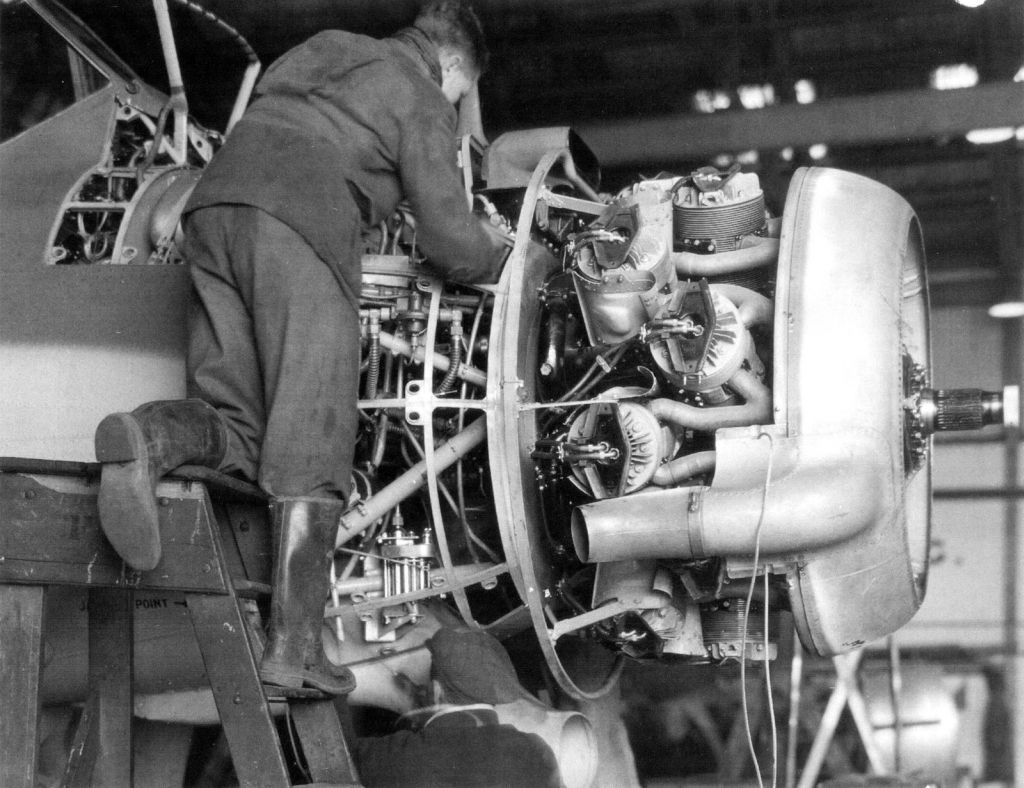
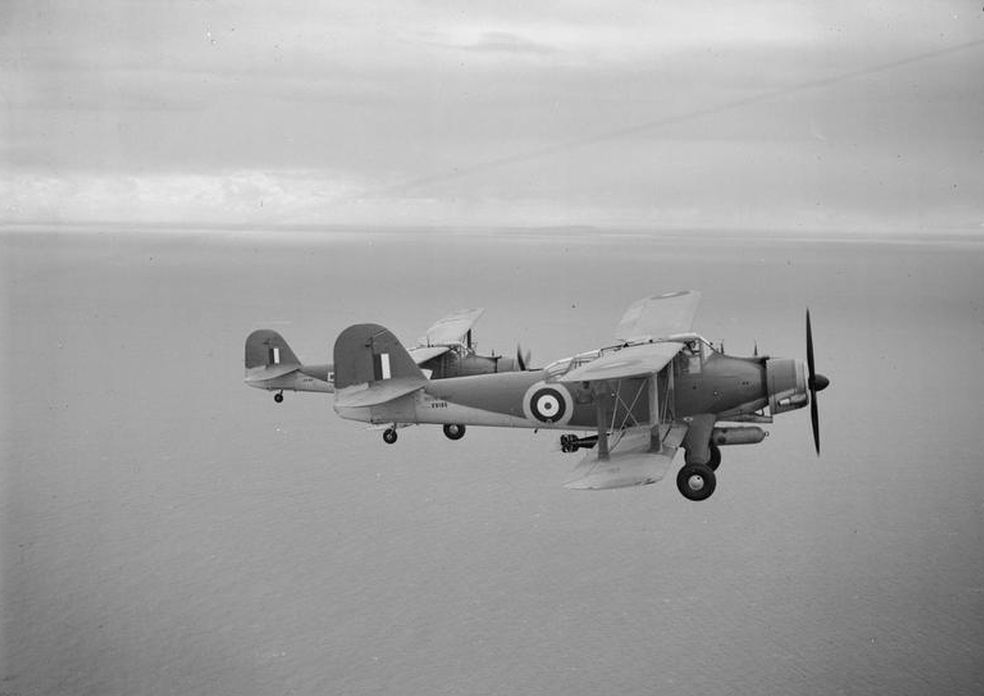
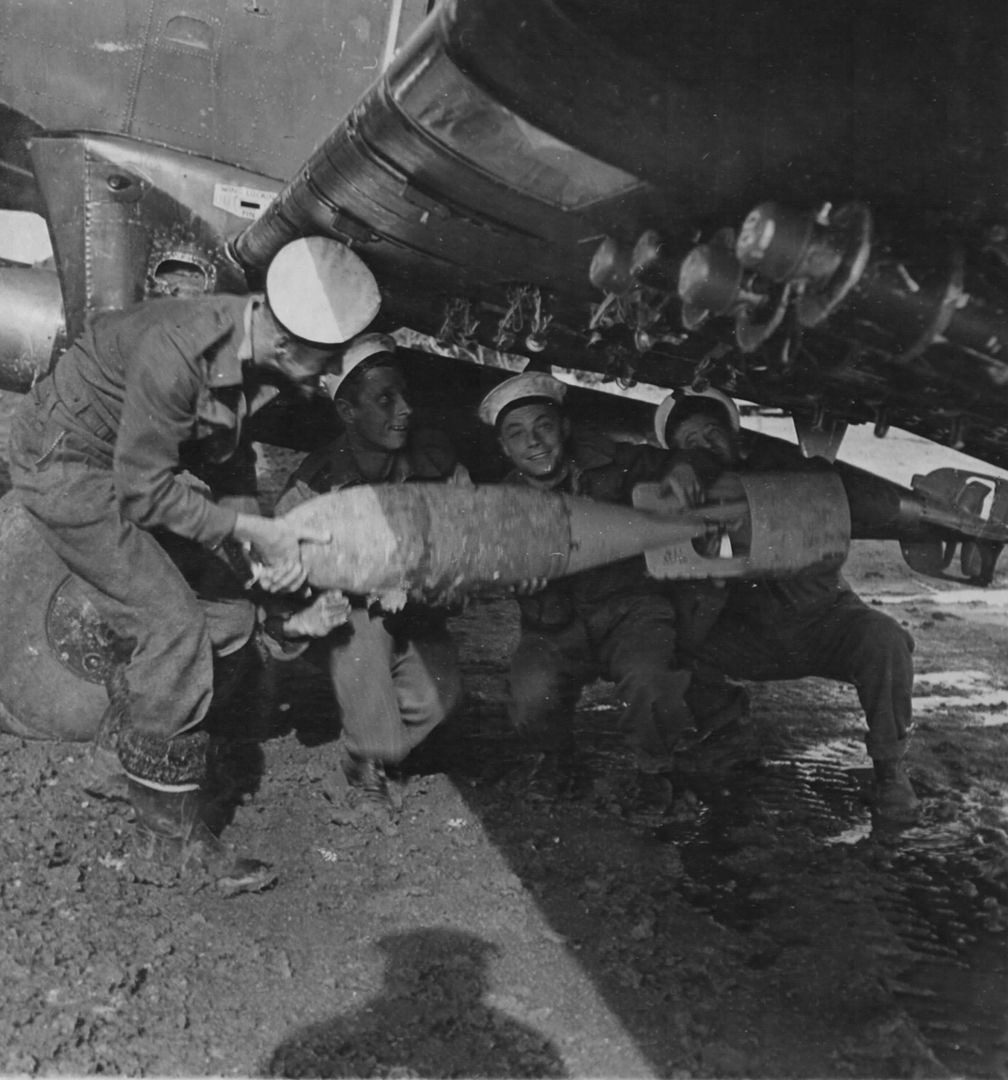
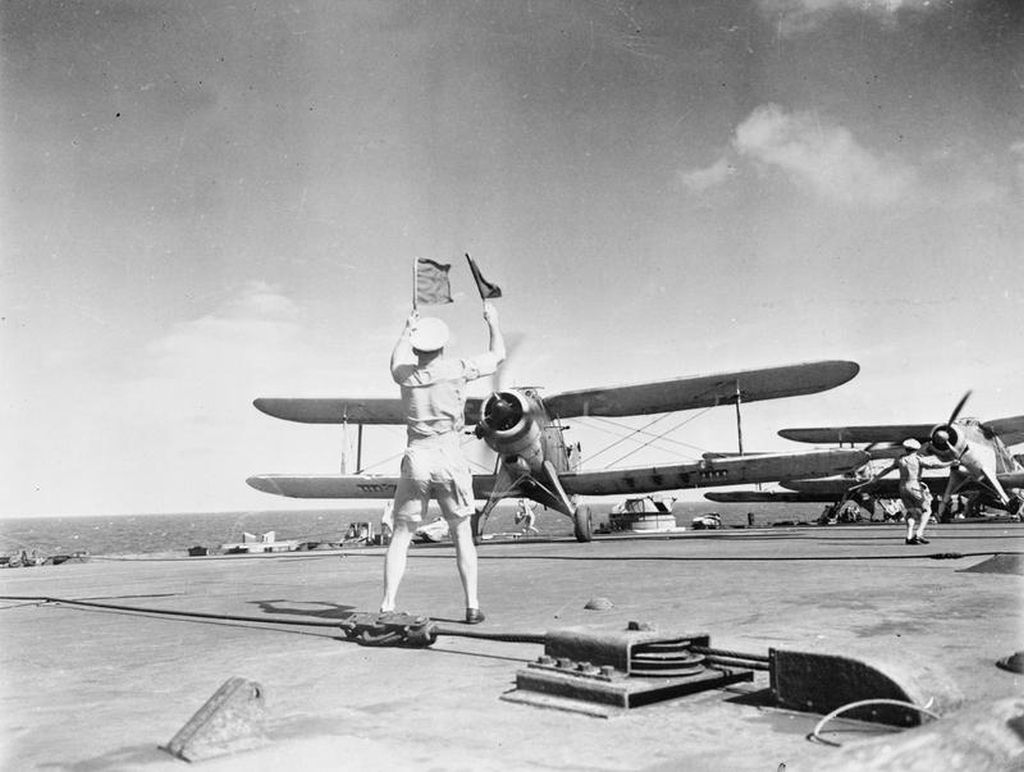
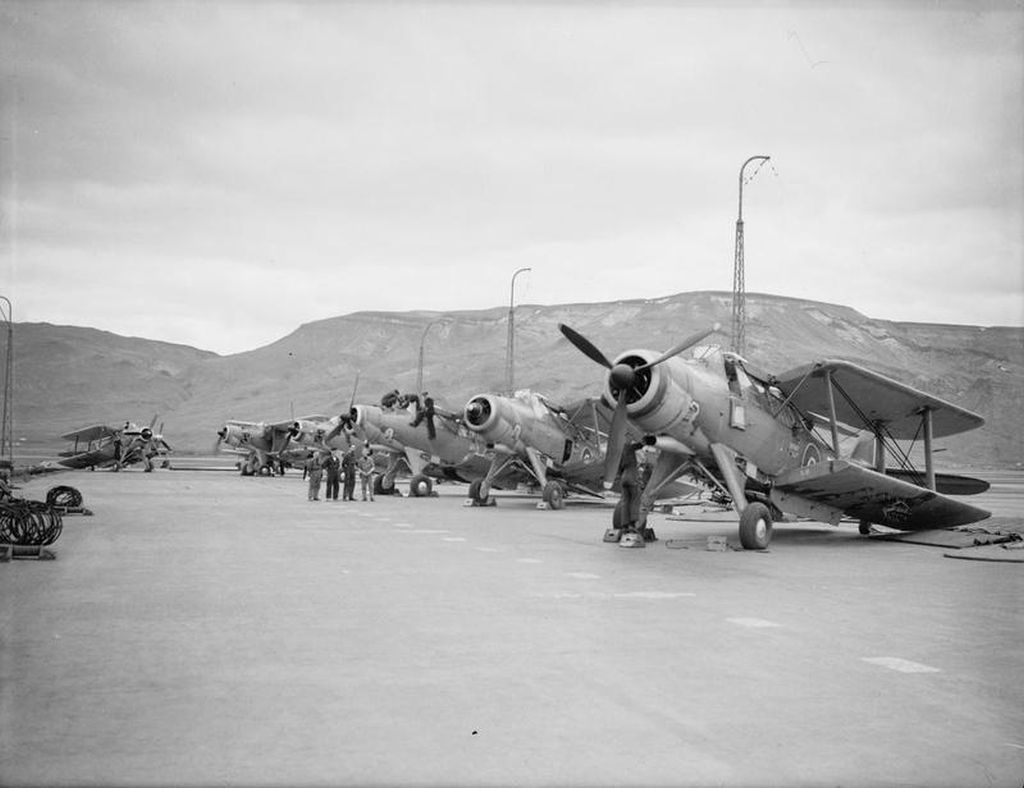
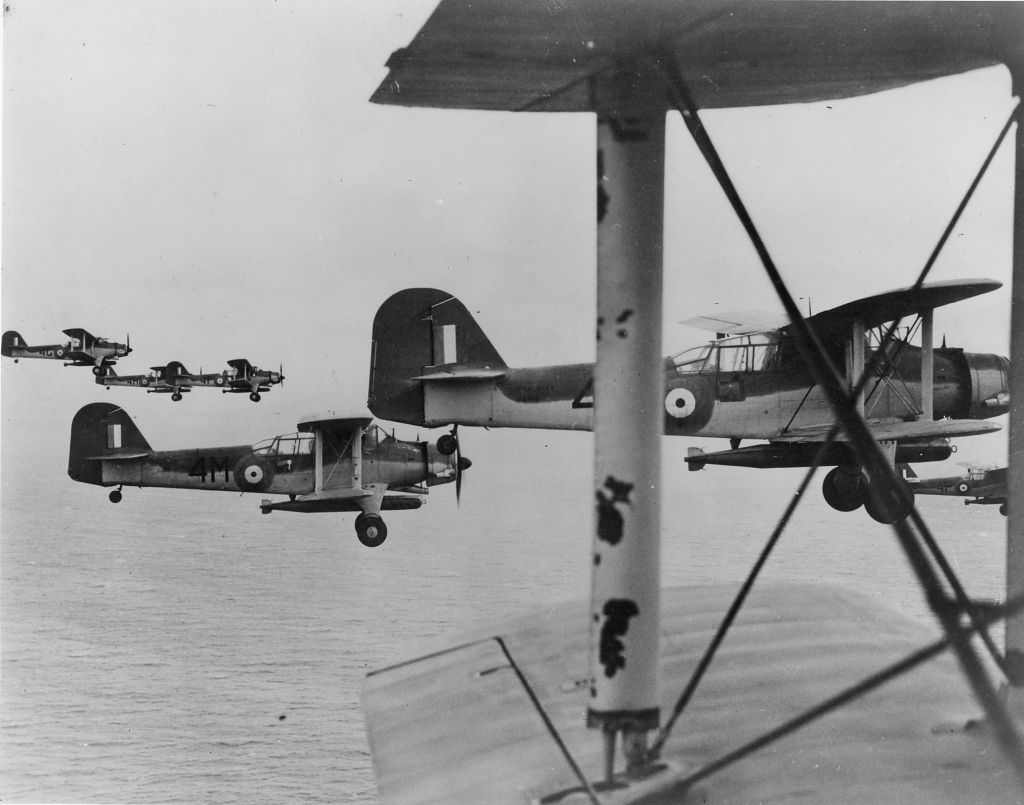


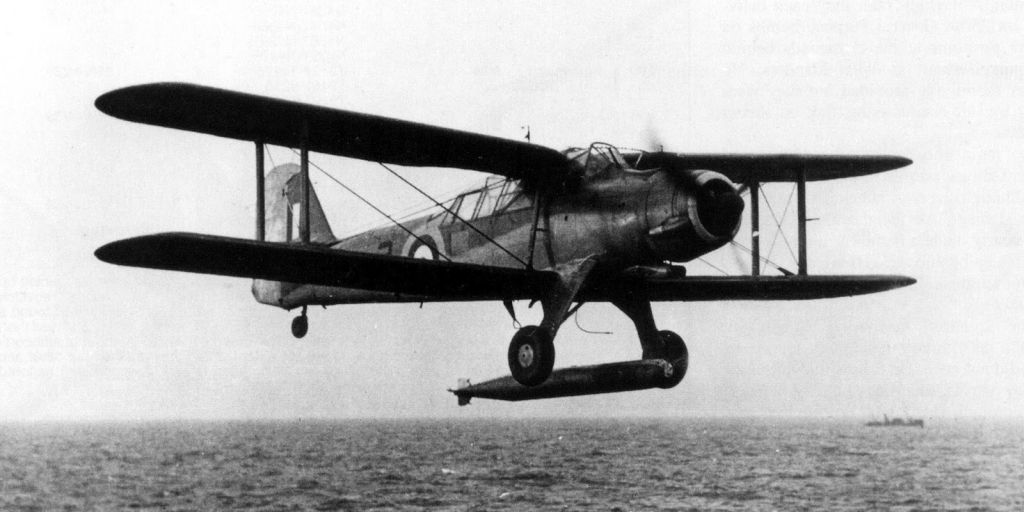
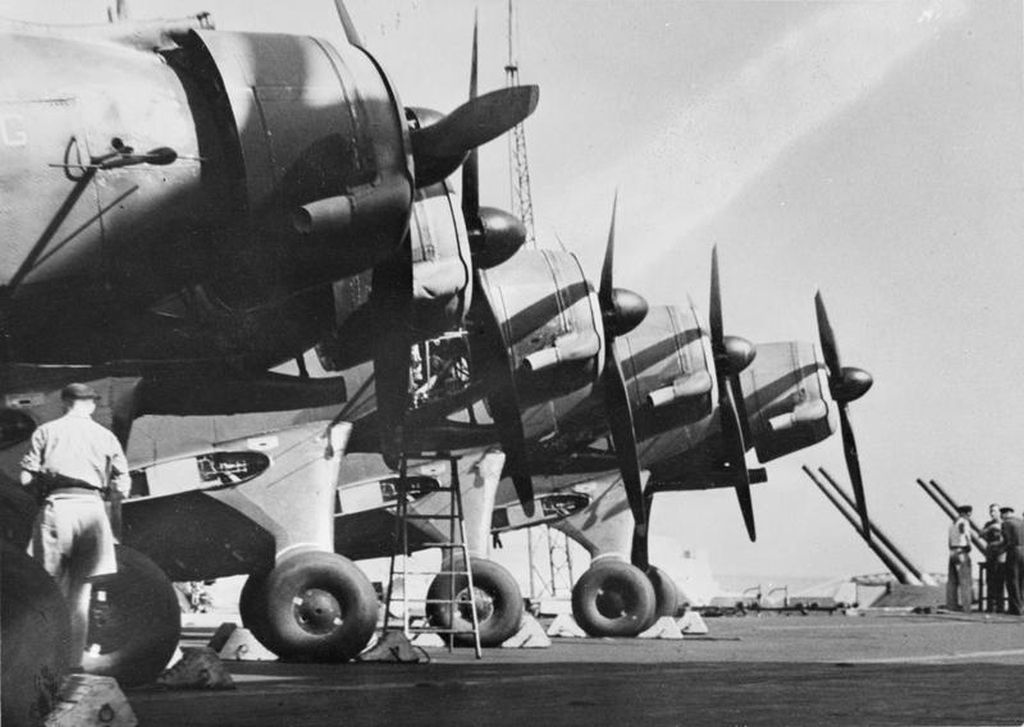
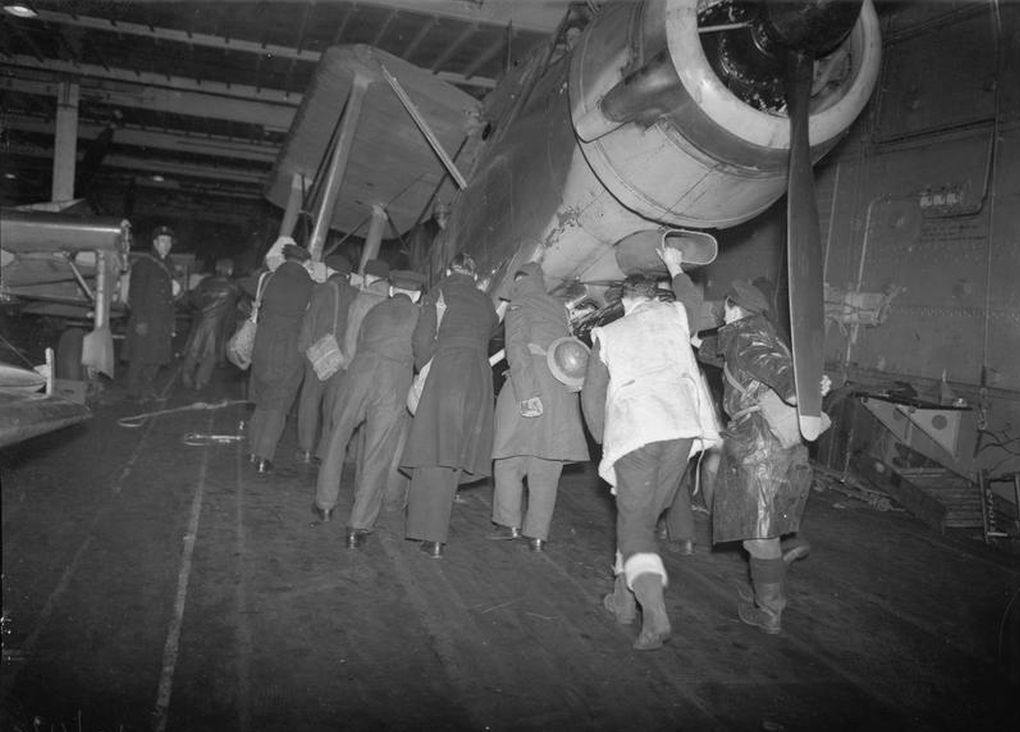
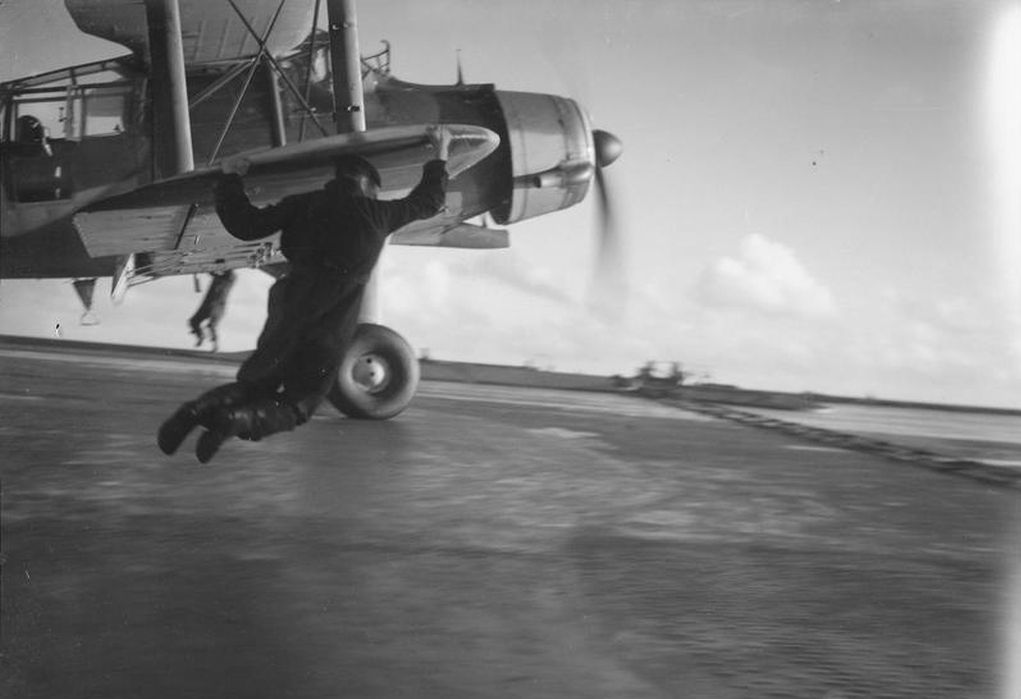
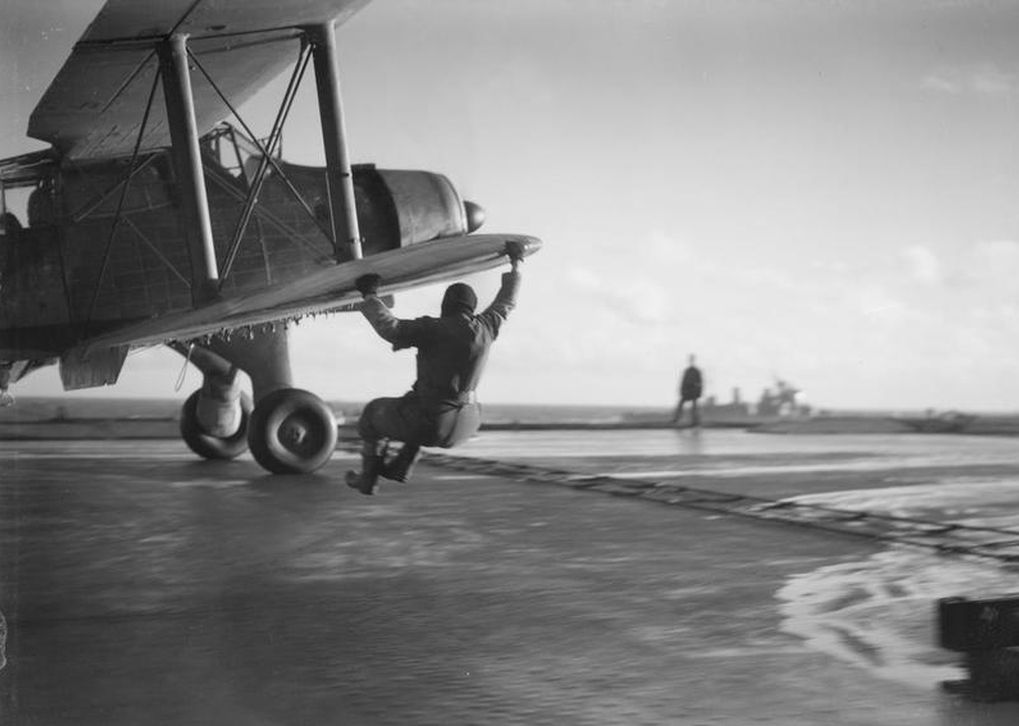
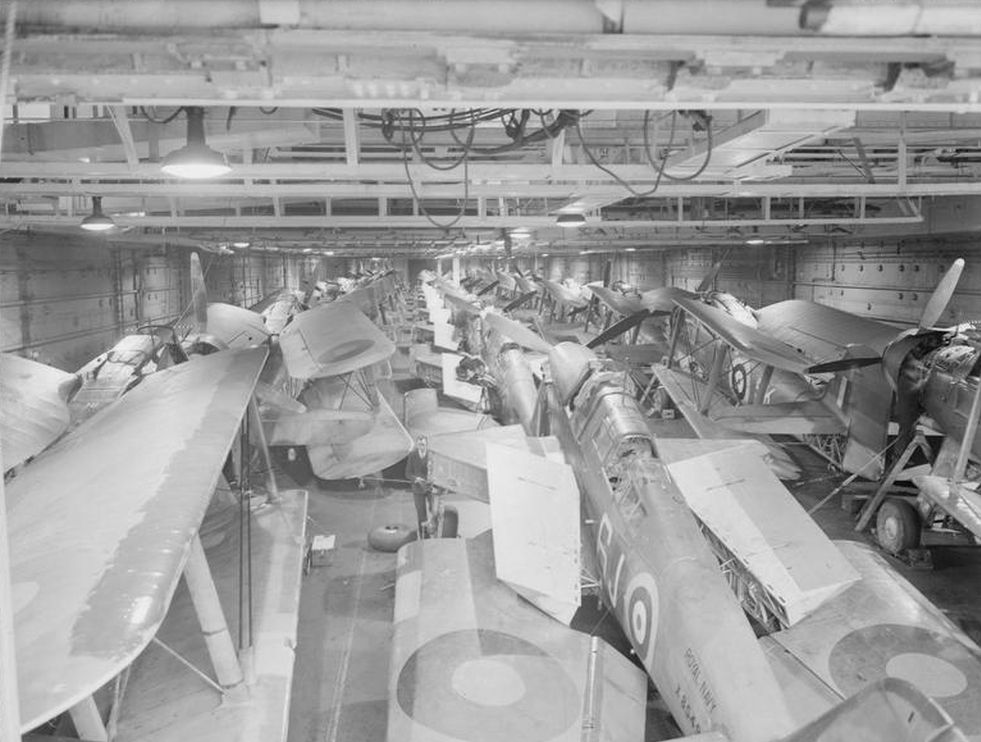
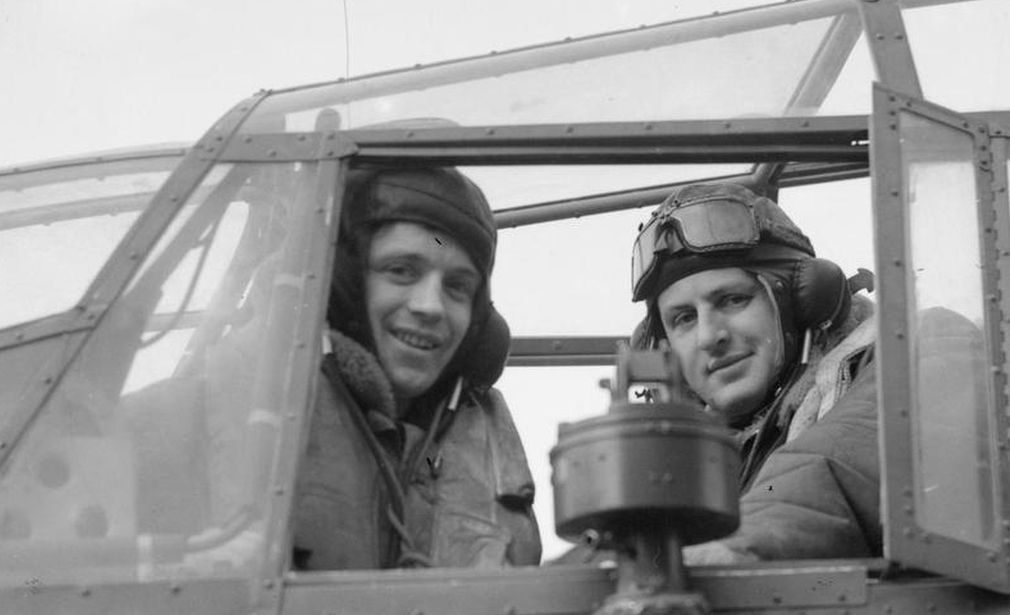

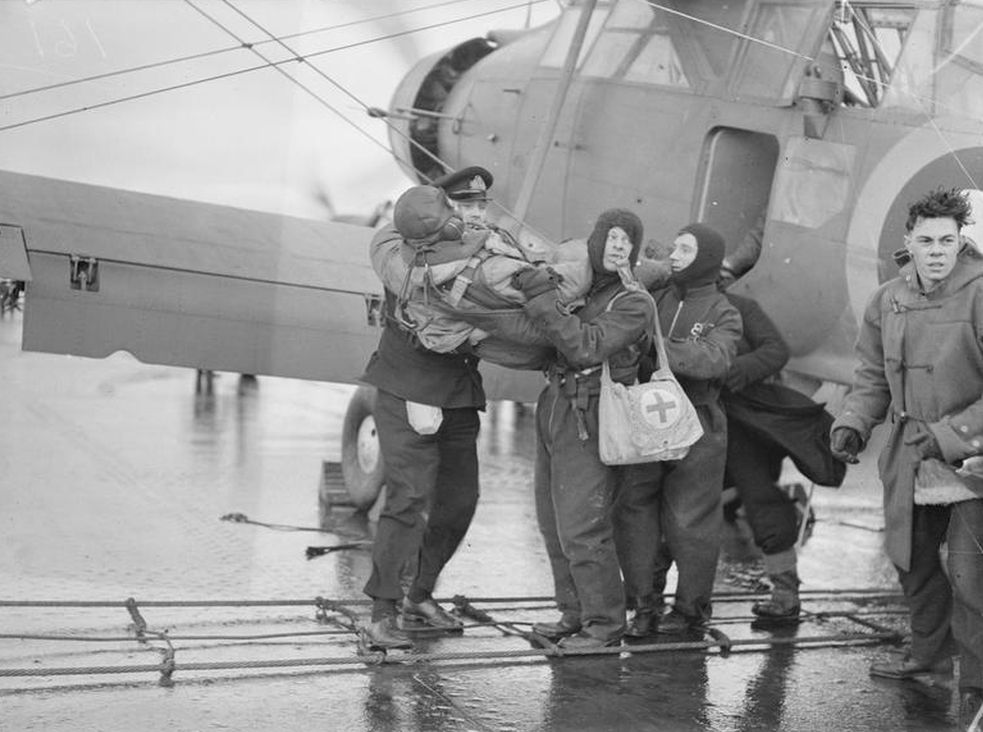
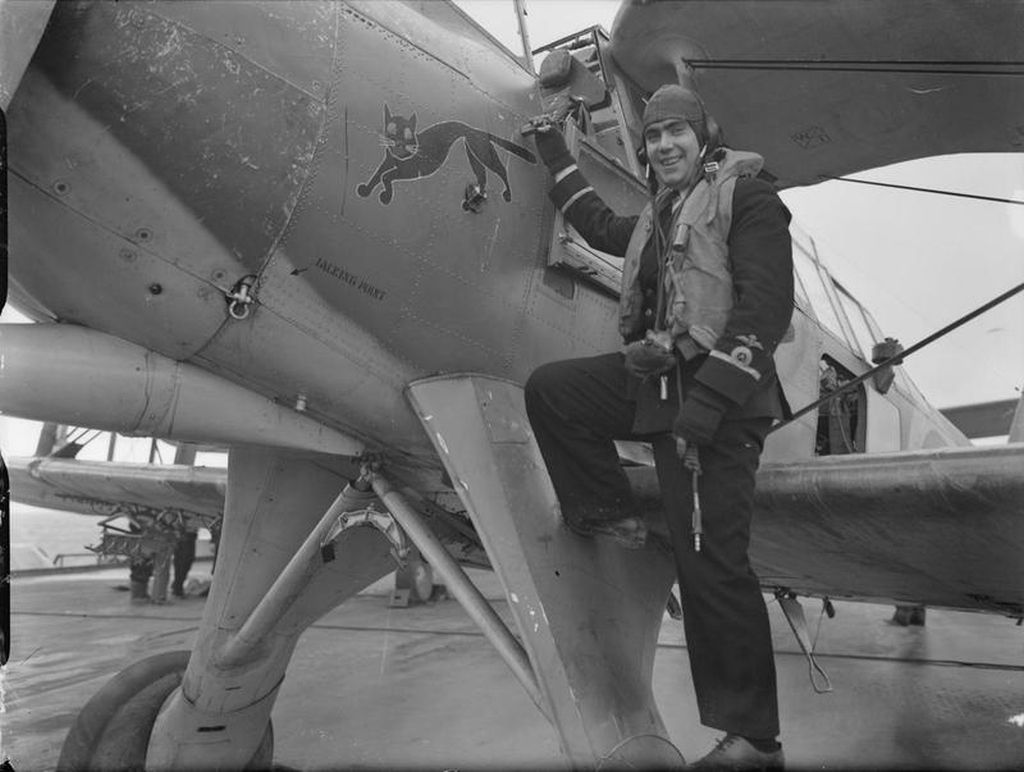
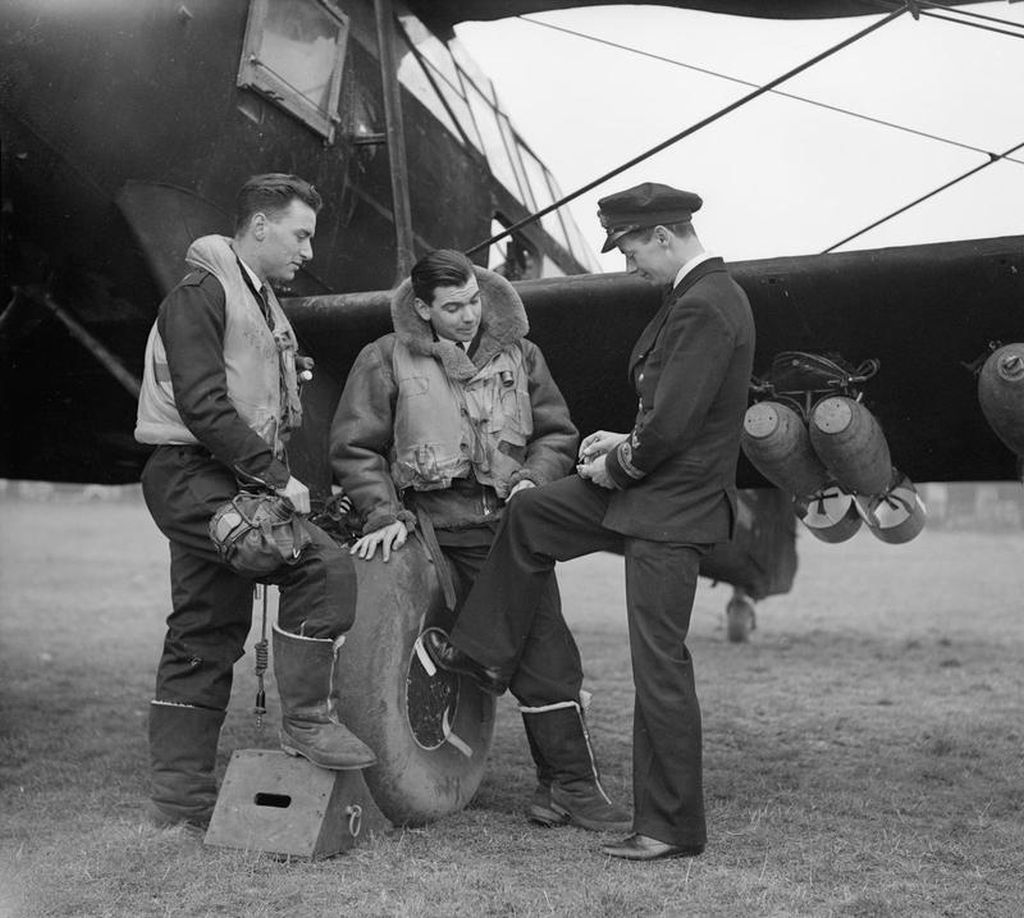
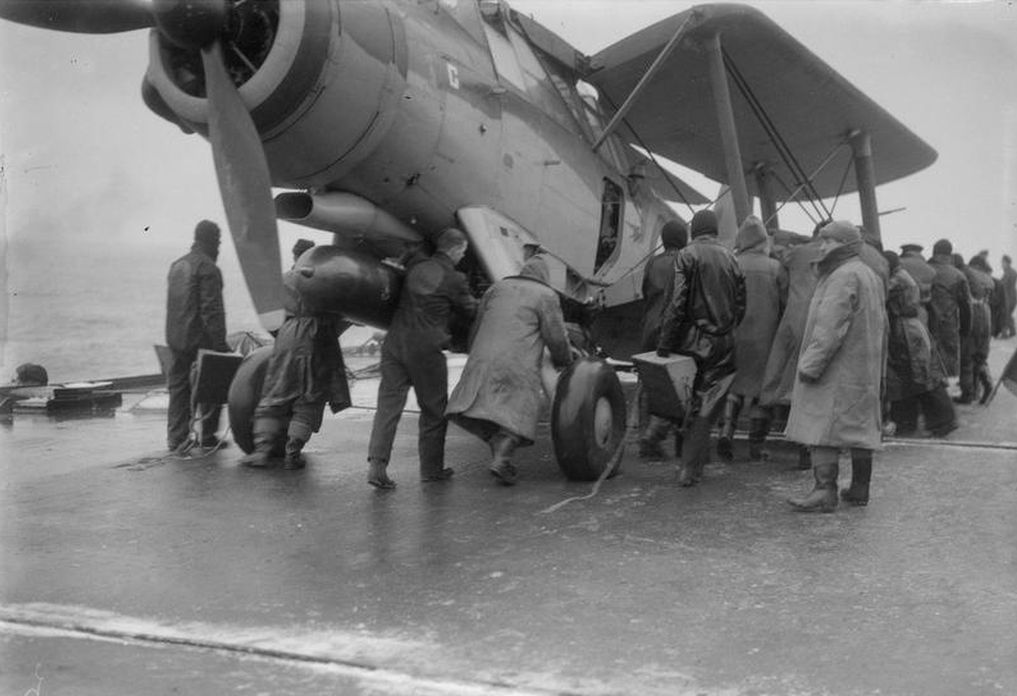
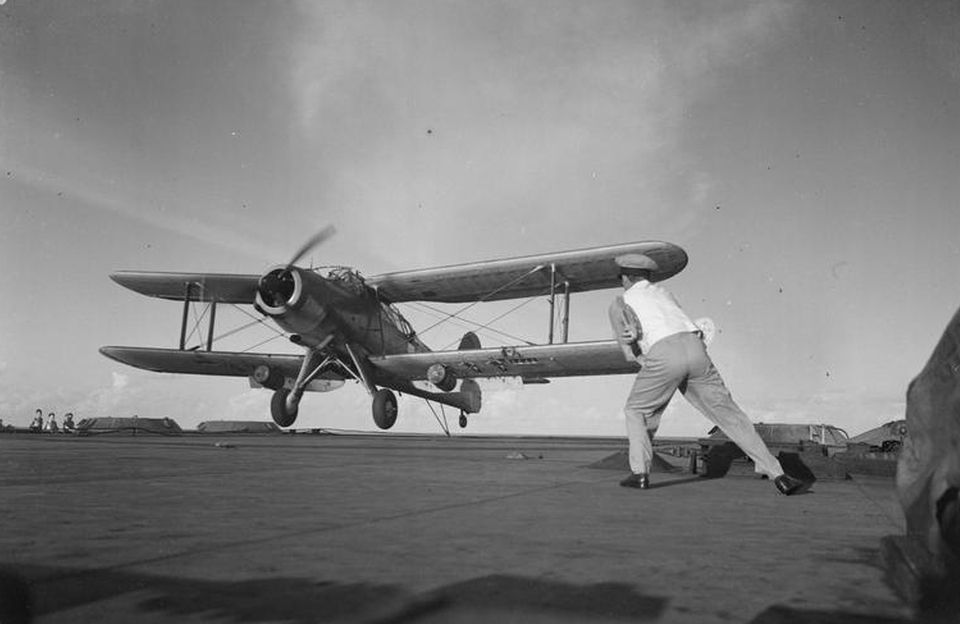
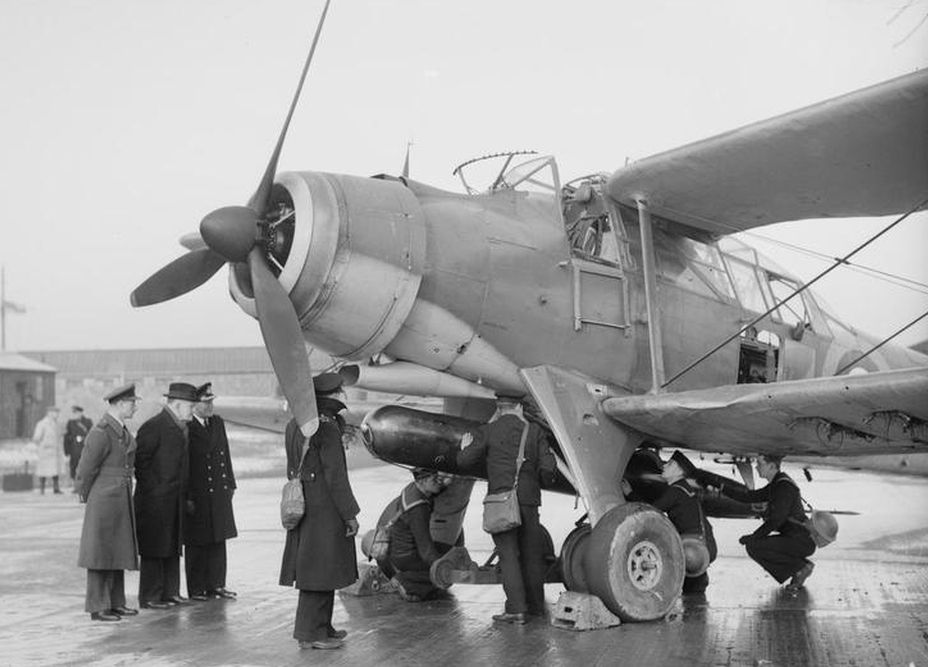

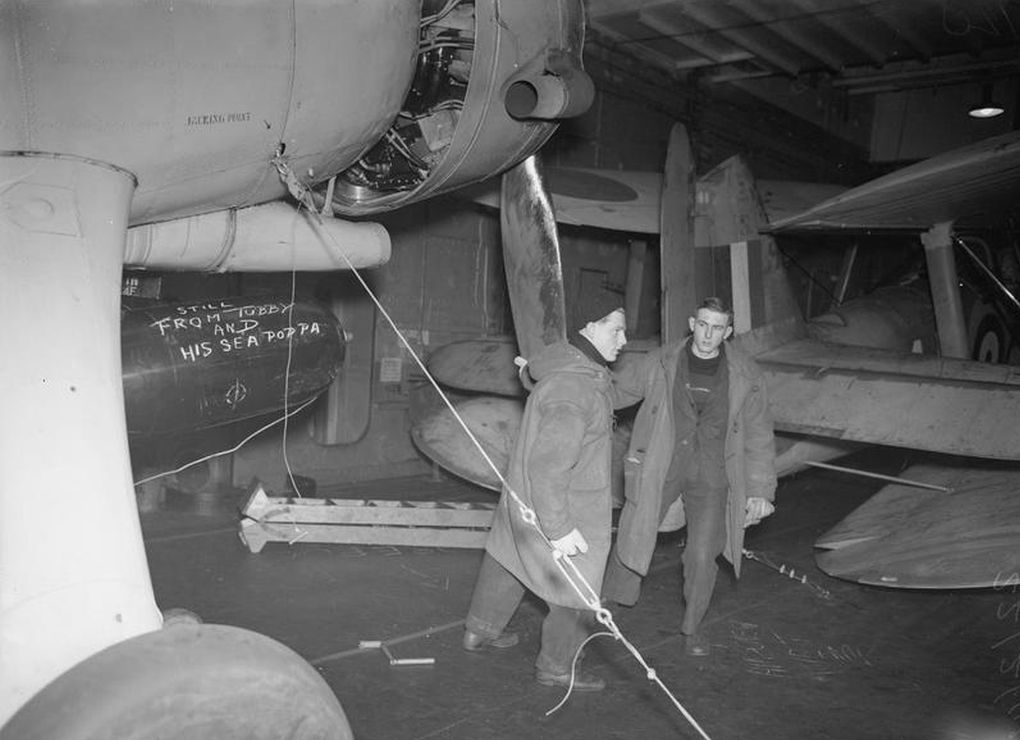
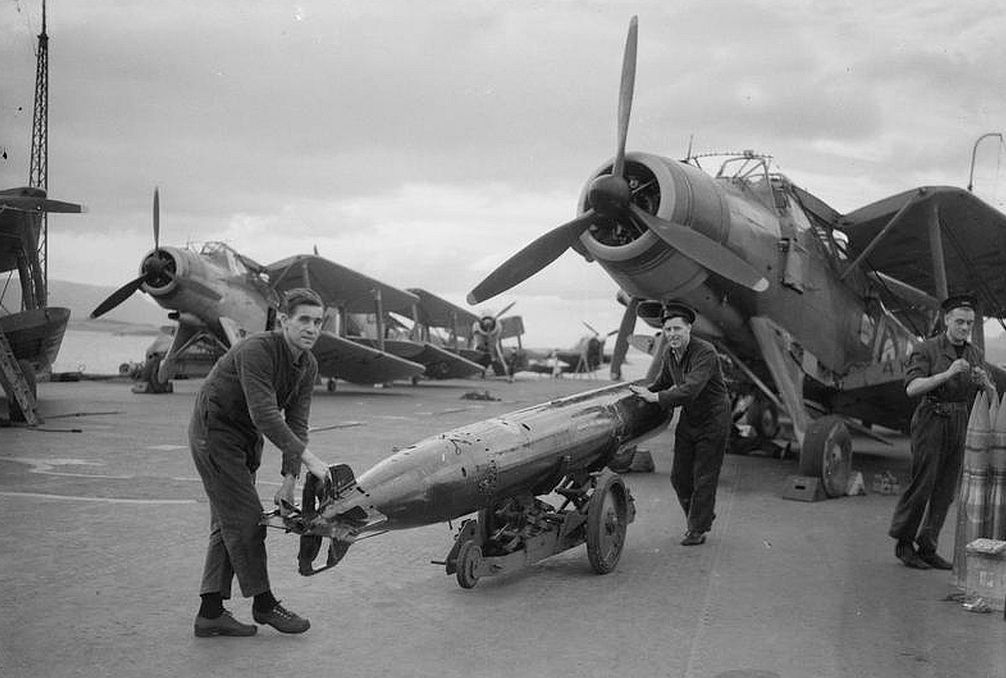
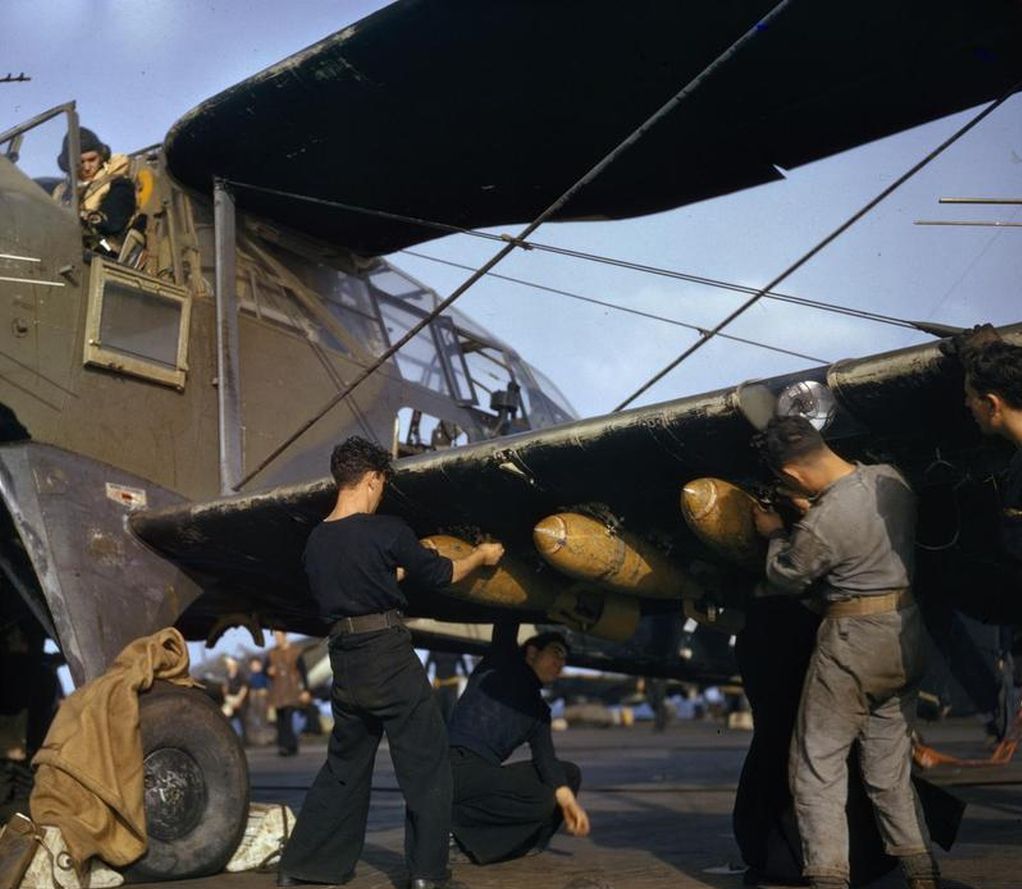
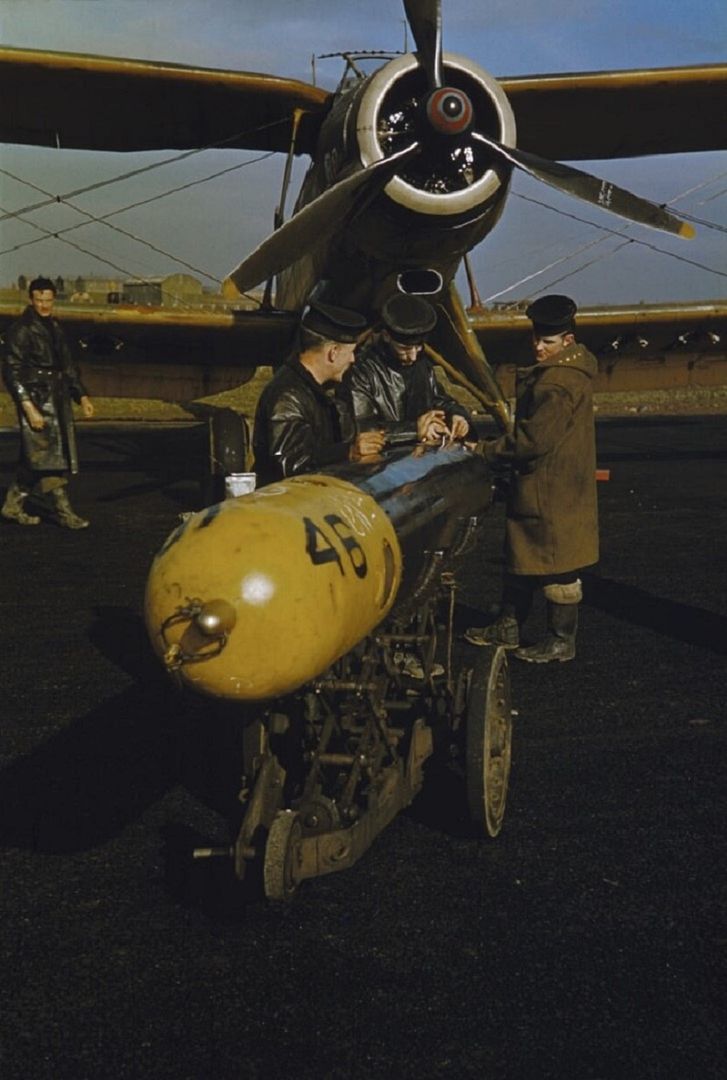
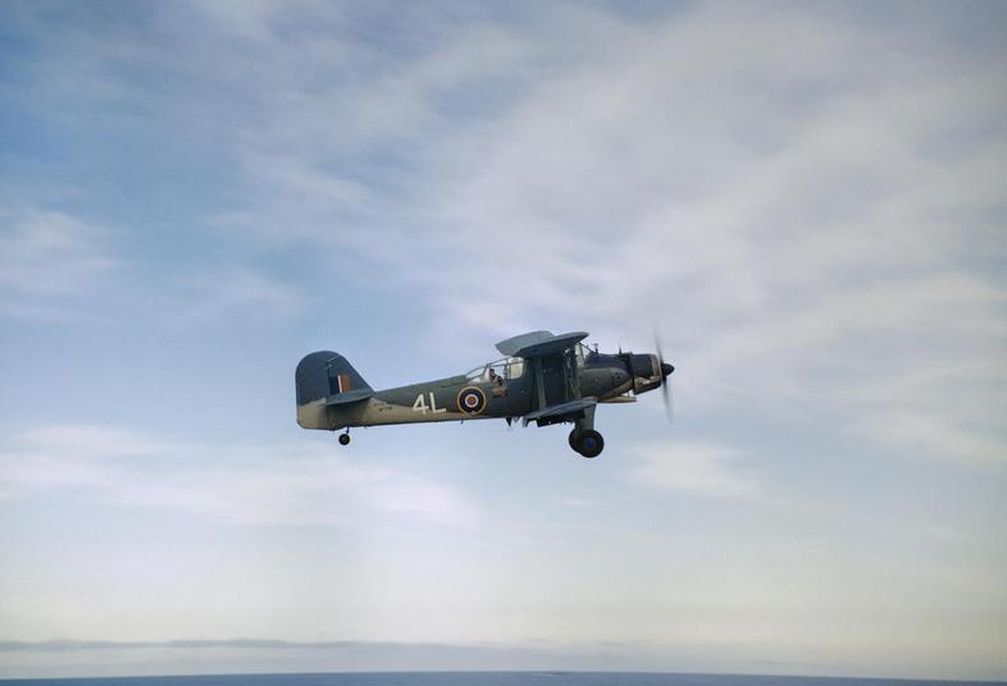
General characteristics
Crew: Three
Length: 39 ft 10 in (12.14 m)
Wingspan: 50 ft 0 in (15.24 m)
Height: 14 ft 2 in (4.62 m)
Wing area: 623 ft? (57.9 m?)
Empty weight: 7,250 lb (3,295 kg)
Loaded weight: 10,460 lb (4,755 kg)
Max. takeoff weight: 12,600 lb (5,727 kg)
Powerplant: 1 ? Bristol Taurus II (Taurus XII) 14-cylinder radial engine, 1,065 hp (1,130 hp) (794 kW (840 kw))
Performance
Maximum speed: 140 kn (161 mph, 259 km/h)
Cruise speed: 122 kn (140 mph, 225 km/h) (maximum cruise)
Stall speed: 47 kn (54 mph, 87 km/h) (flaps down)
Range: 817 nmi (930 mi, 1,497 km) (with torpedo)
Service ceiling: 20,700 ft (6,310 m)
Climb to 6000 ft 8 min
Armament
1 ? fixed, forward-firing .303 in (7.7 mm) machine gun in starboard wing
1 or 2 ? .303 in (7.7 mm) Vickers K machine guns in rear cockpit.
Bombs: 1 ? 1,670 lb (760 kg) torpedo or 2,000 lb (907 kg) bombs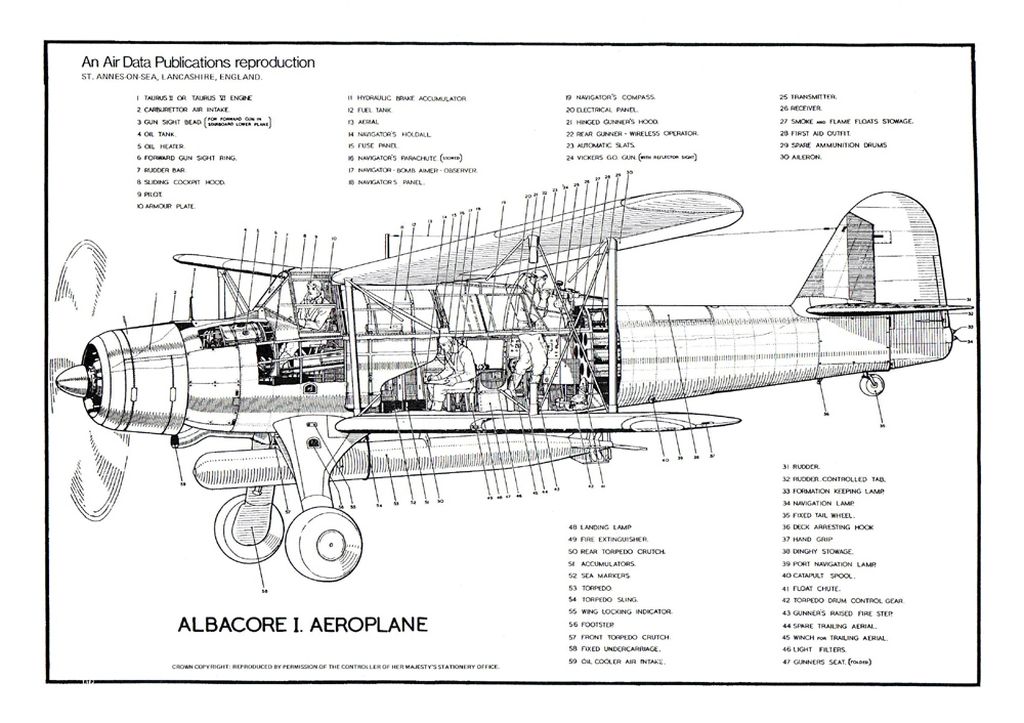
Post a reply
- Go to Previous topic
- Go to Next topic
- Go to Welcome
- Go to Introduce Yourself
- Go to General Discussion
- Go to Screenshots, Images and Videos
- Go to Off topic
- Go to Works in Progress
- Go to Skinning Tips / Tutorials
- Go to Skin Requests
- Go to IJAAF Library
- Go to Luftwaffe Library
- Go to RAF Library
- Go to USAAF / USN Library
- Go to Misc Library
- Go to The Ops Room
- Go to Made in Germany
- Go to Campaigns and Missions
- Go to Works in Progress
- Go to Juri's Air-Raid Shelter
- Go to Campaigns and Missions
- Go to Works in Progress
- Go to Skinpacks
- Go to External Projects Discussion
- Go to Books & Resources
